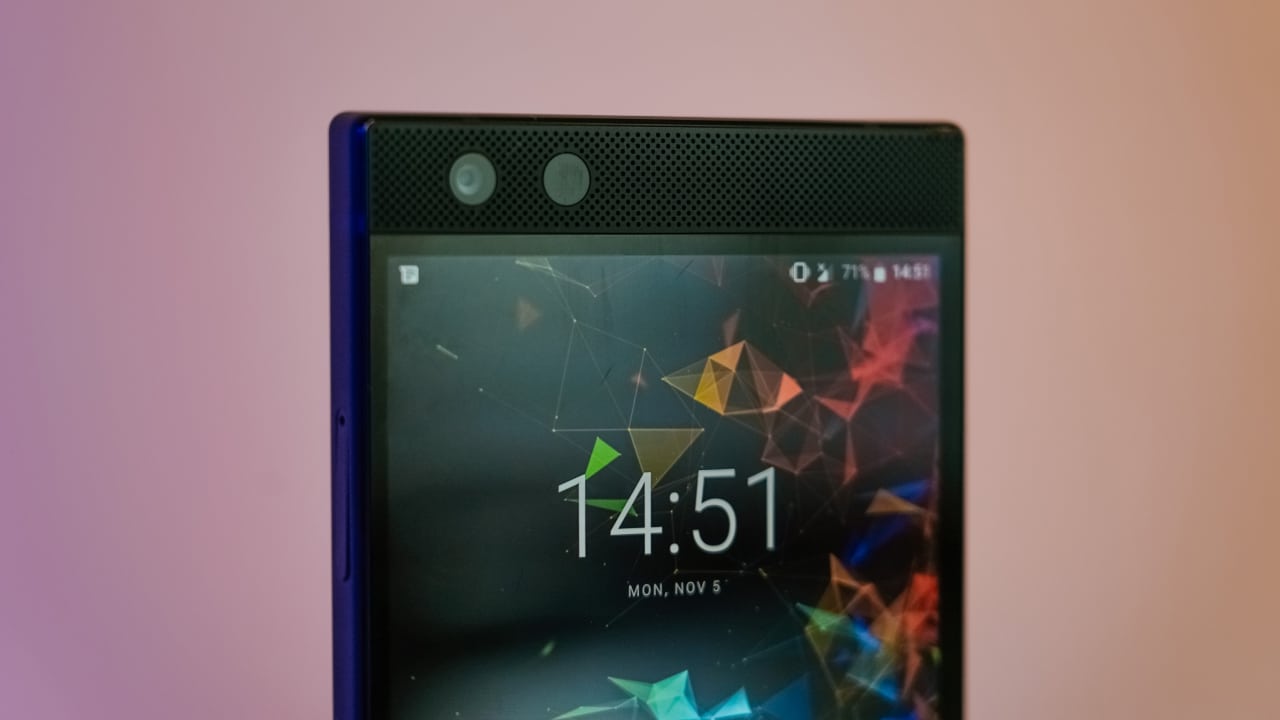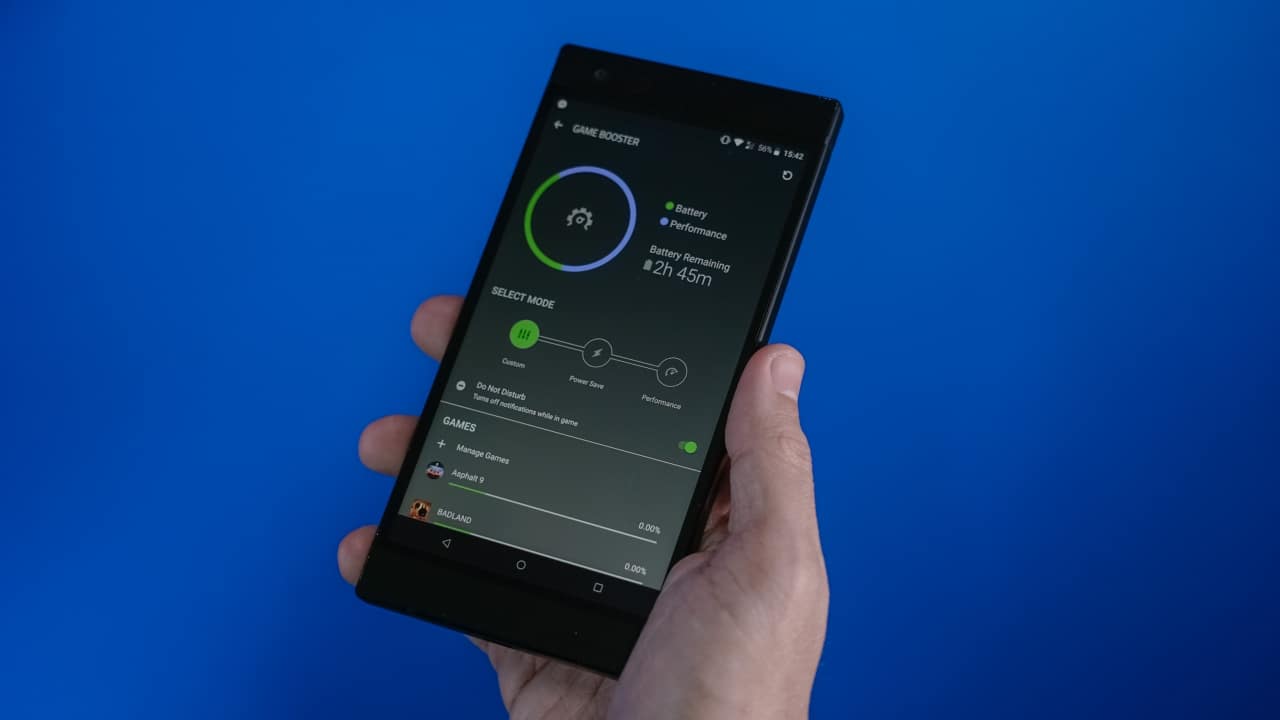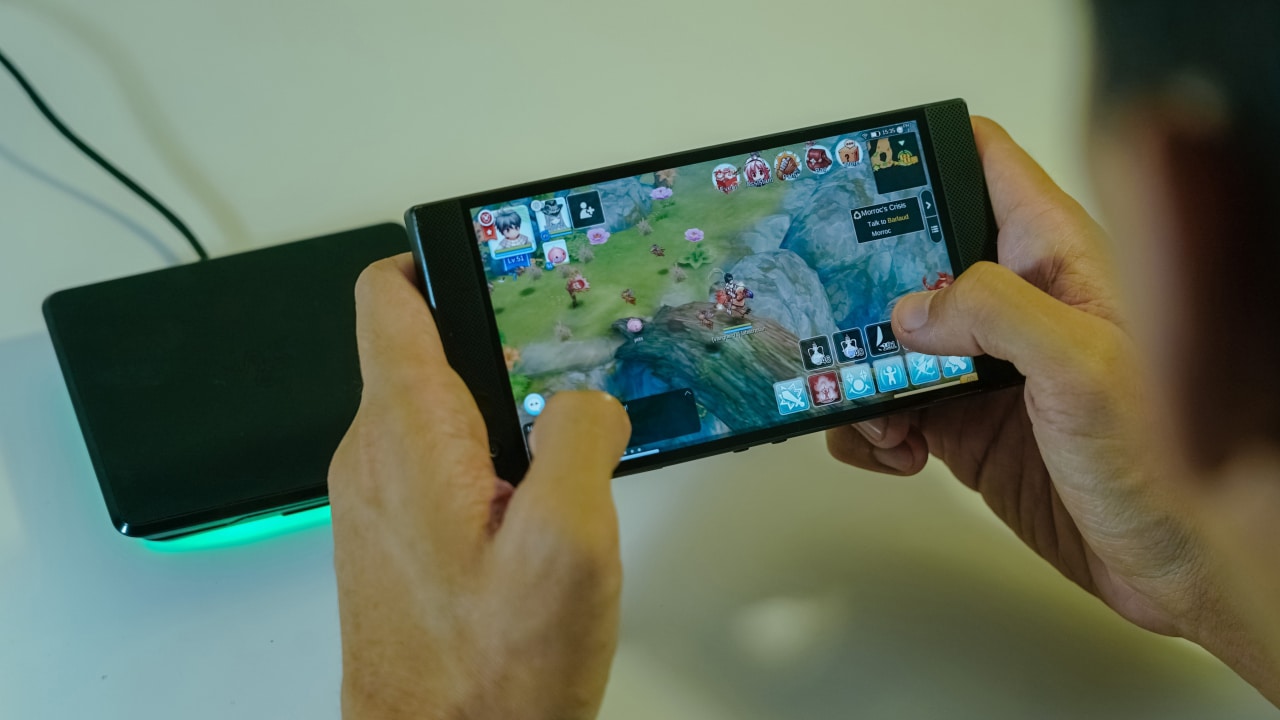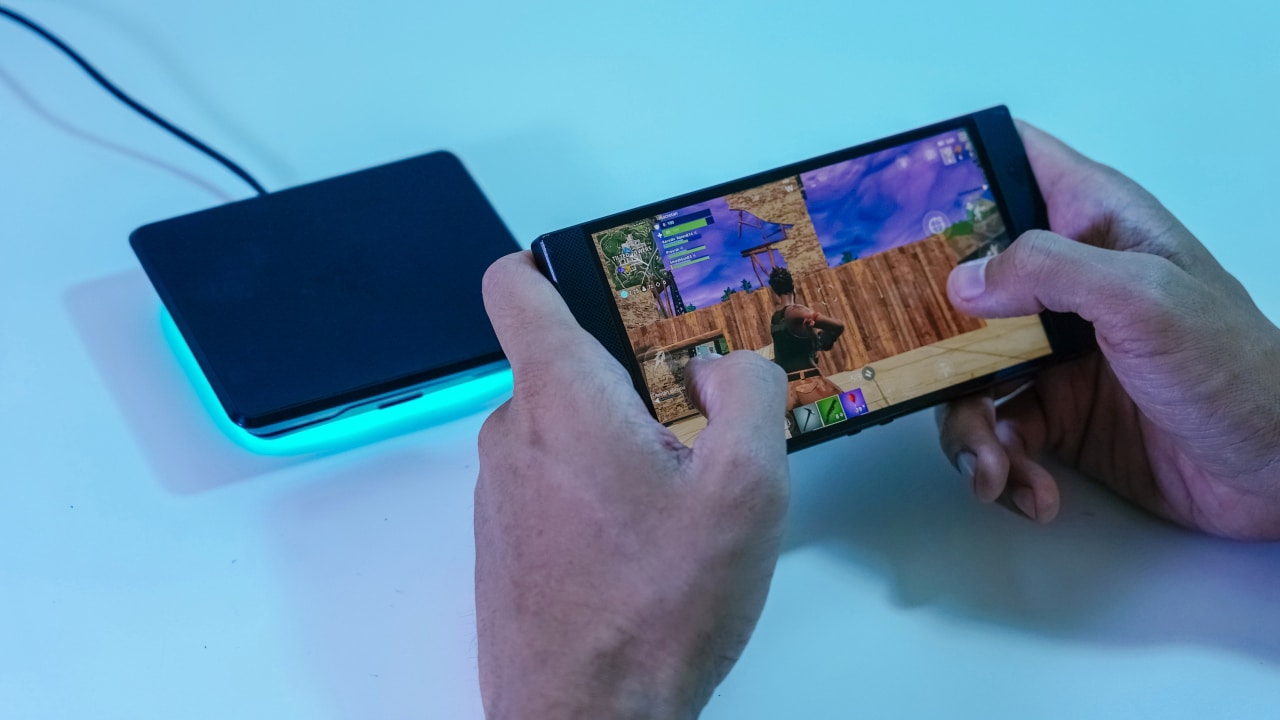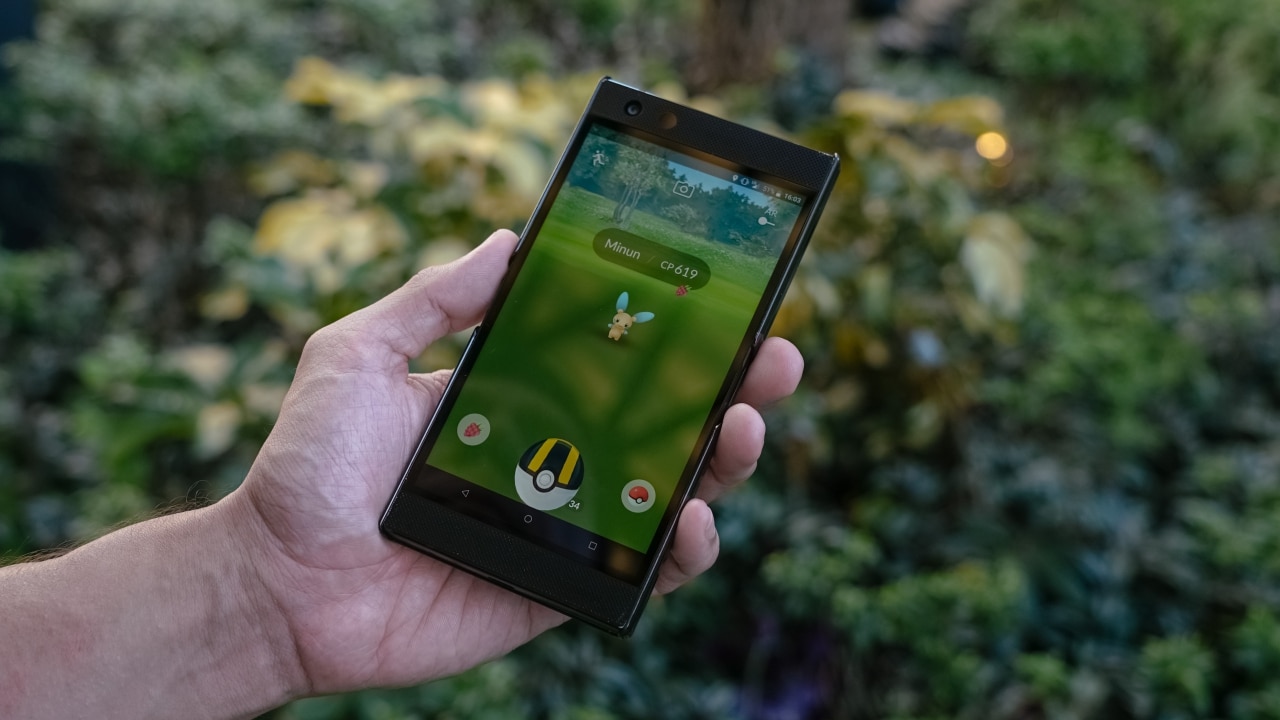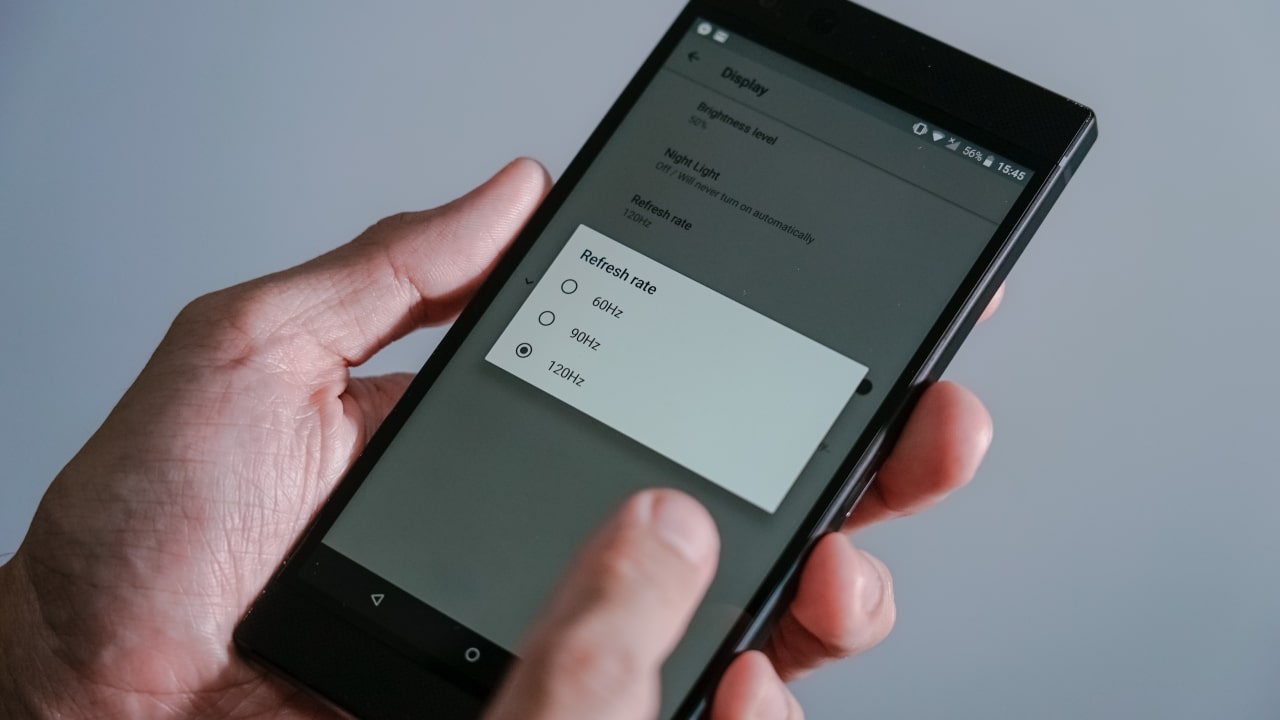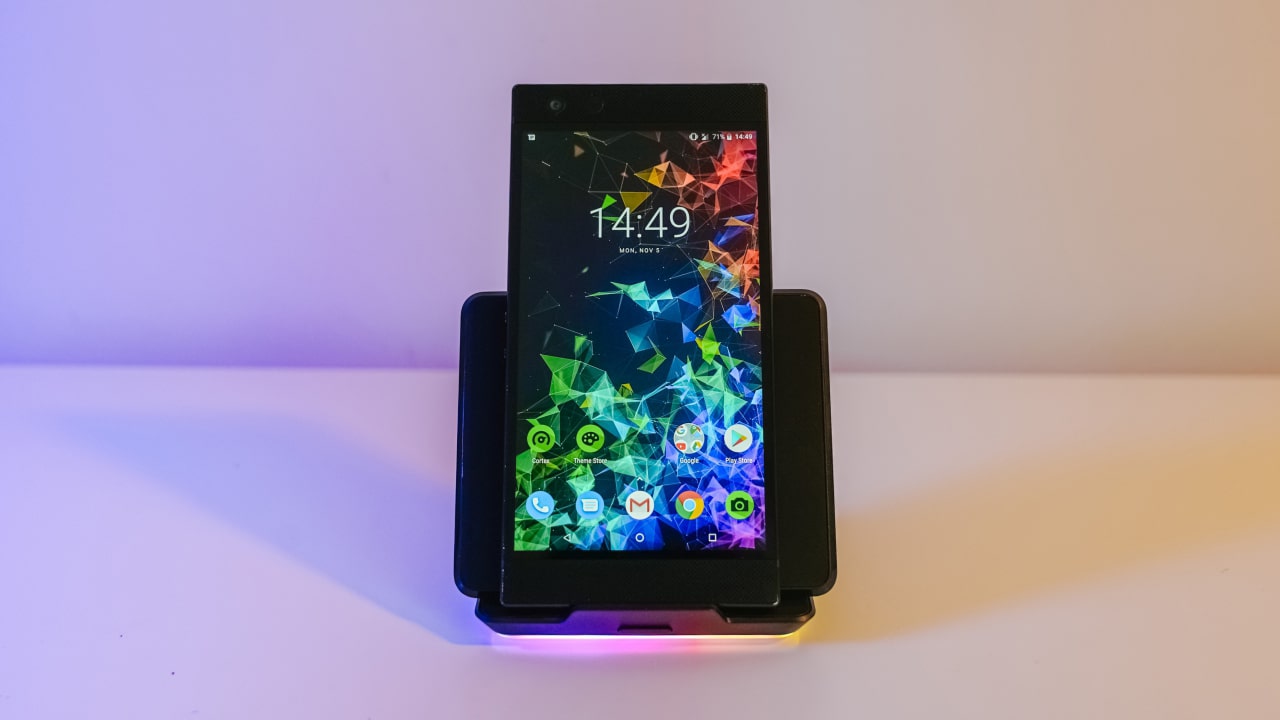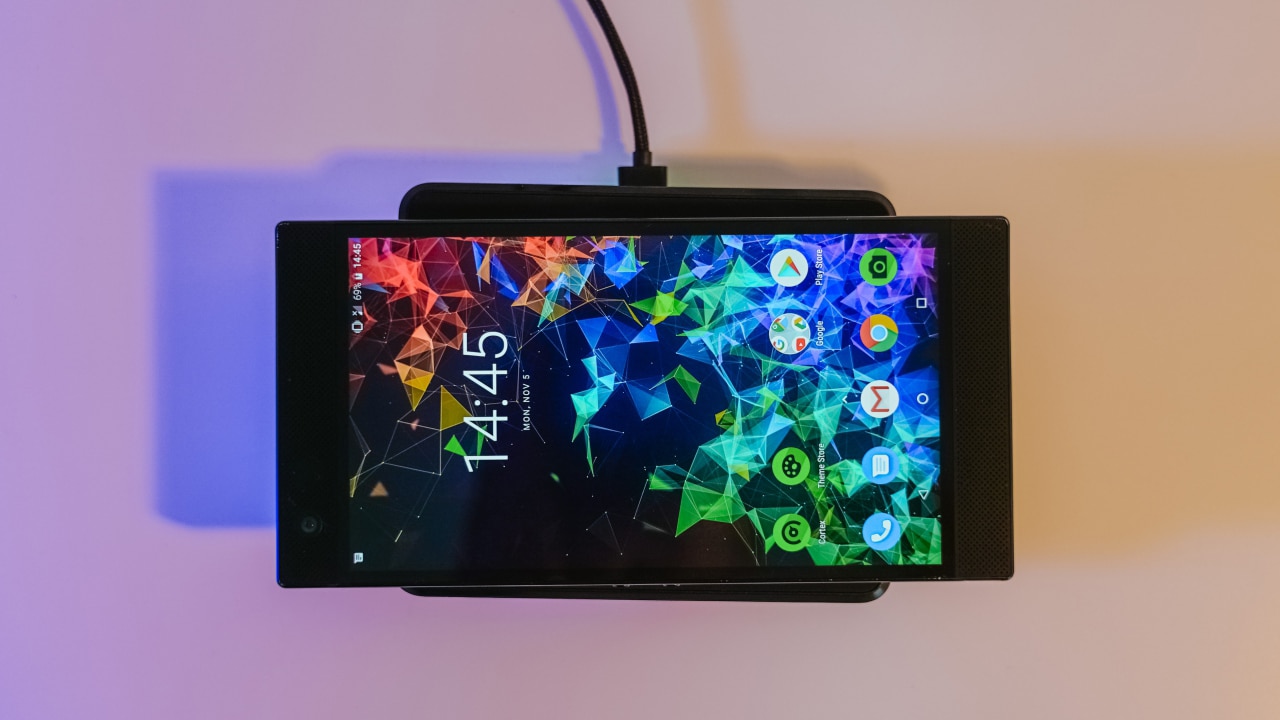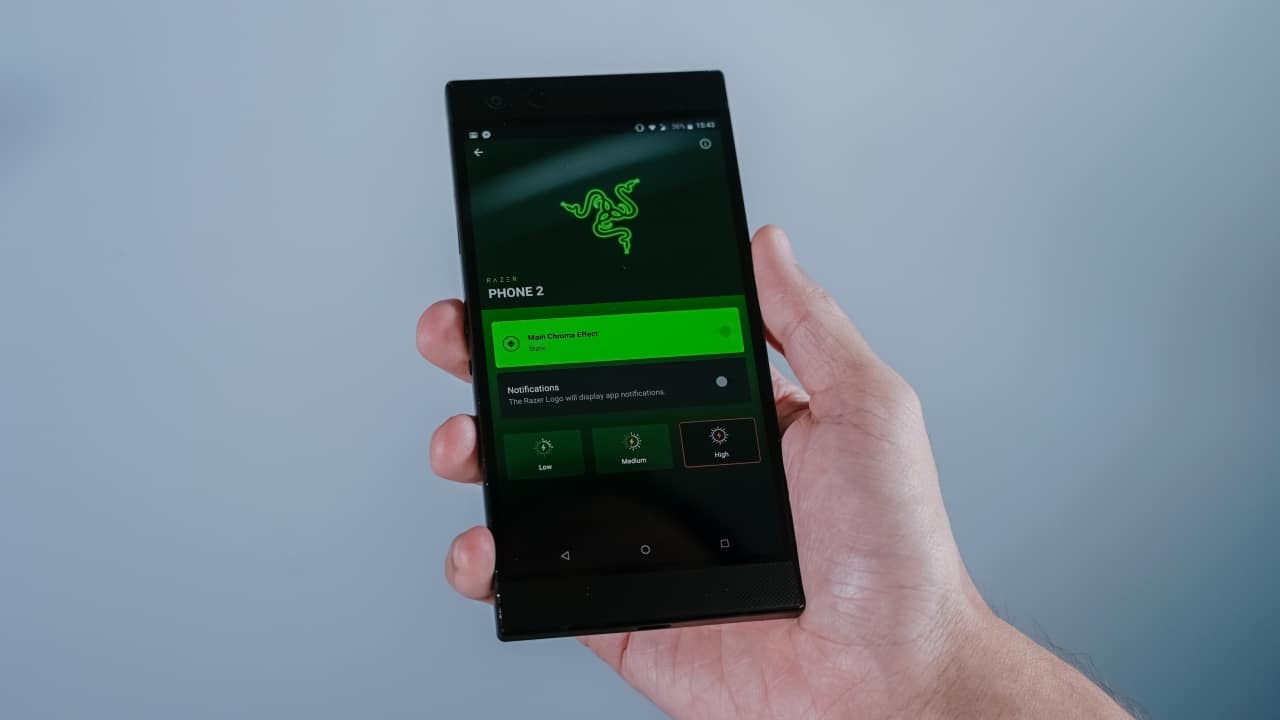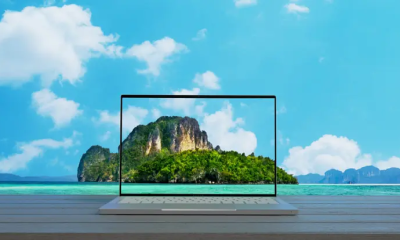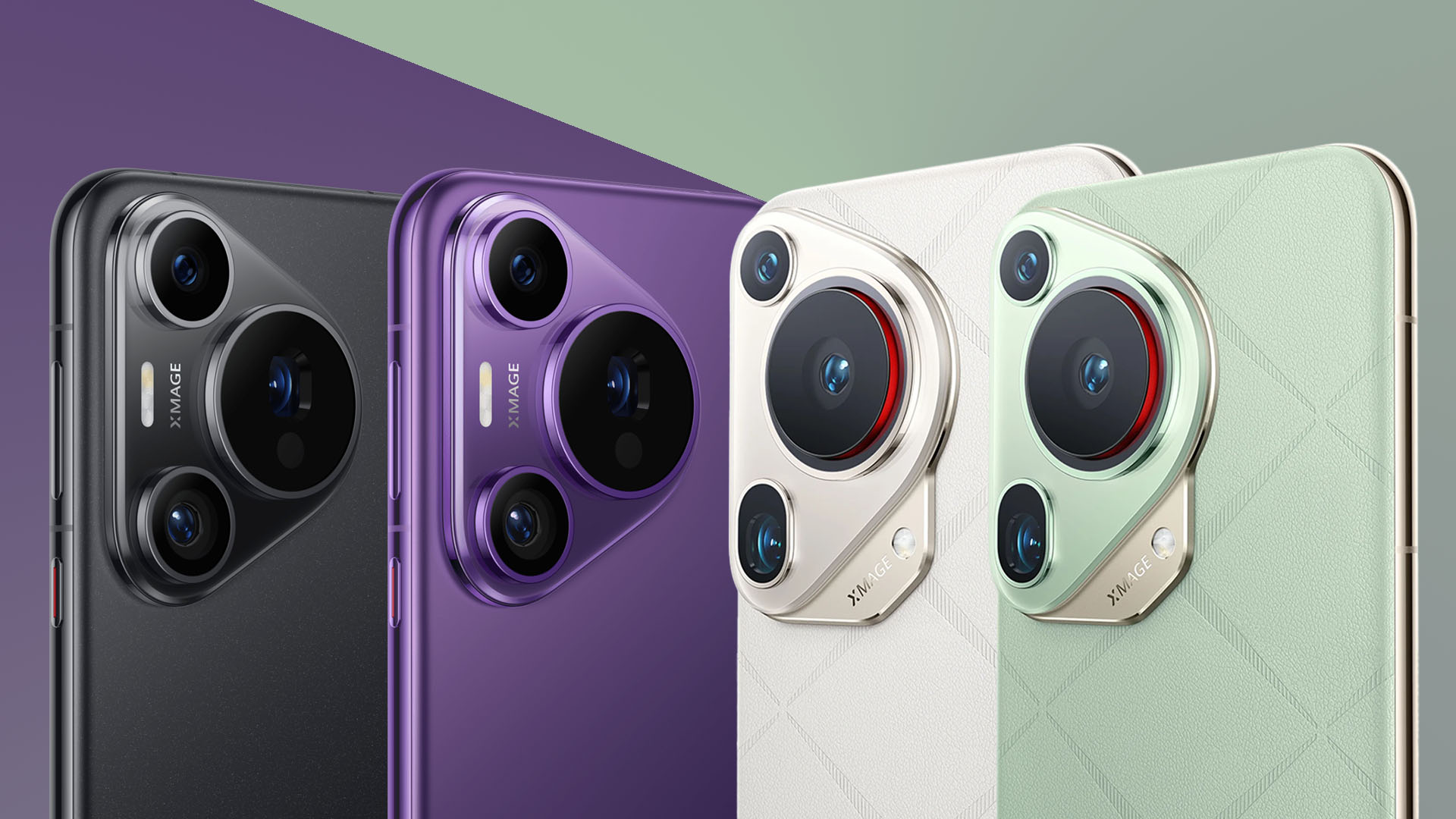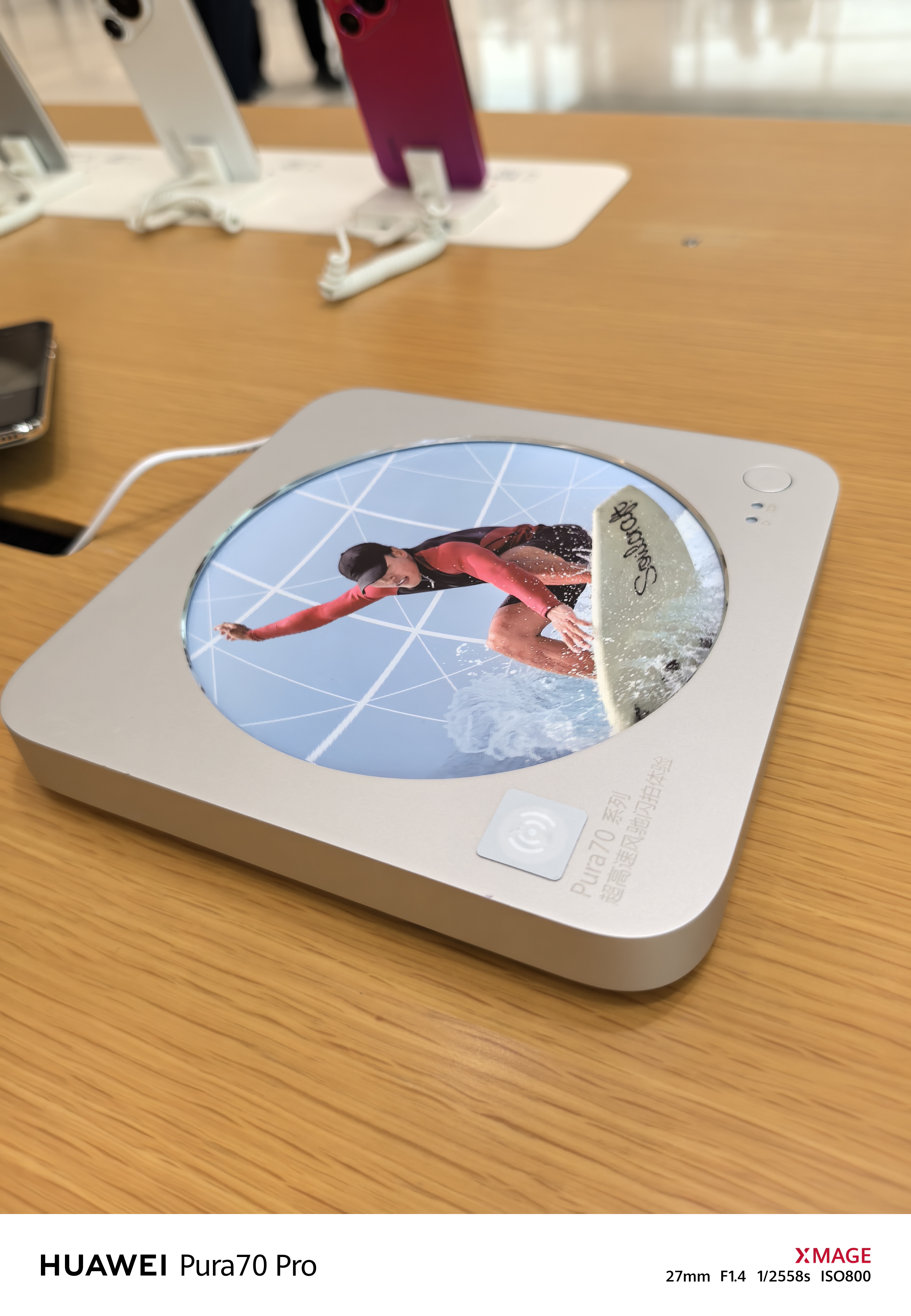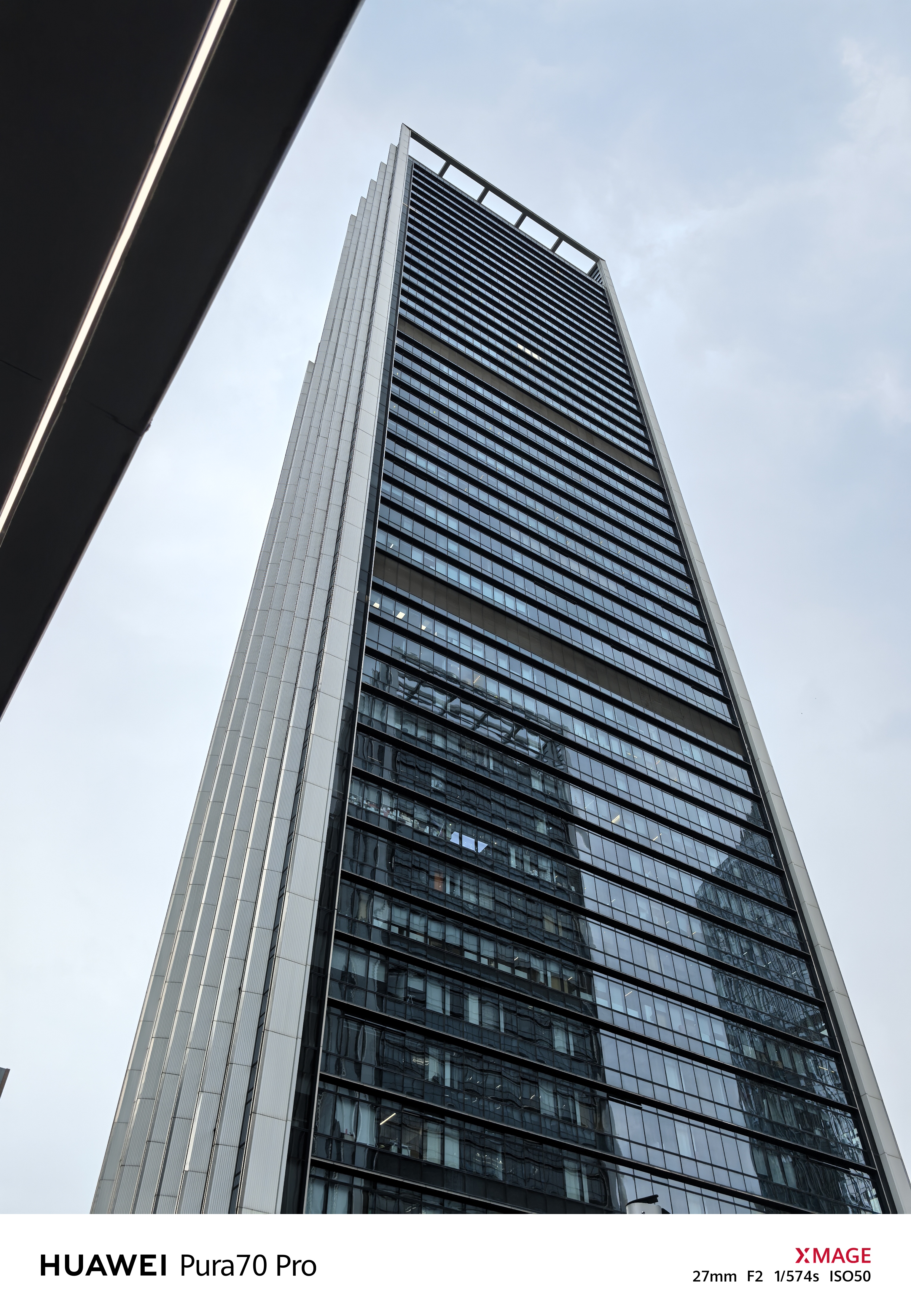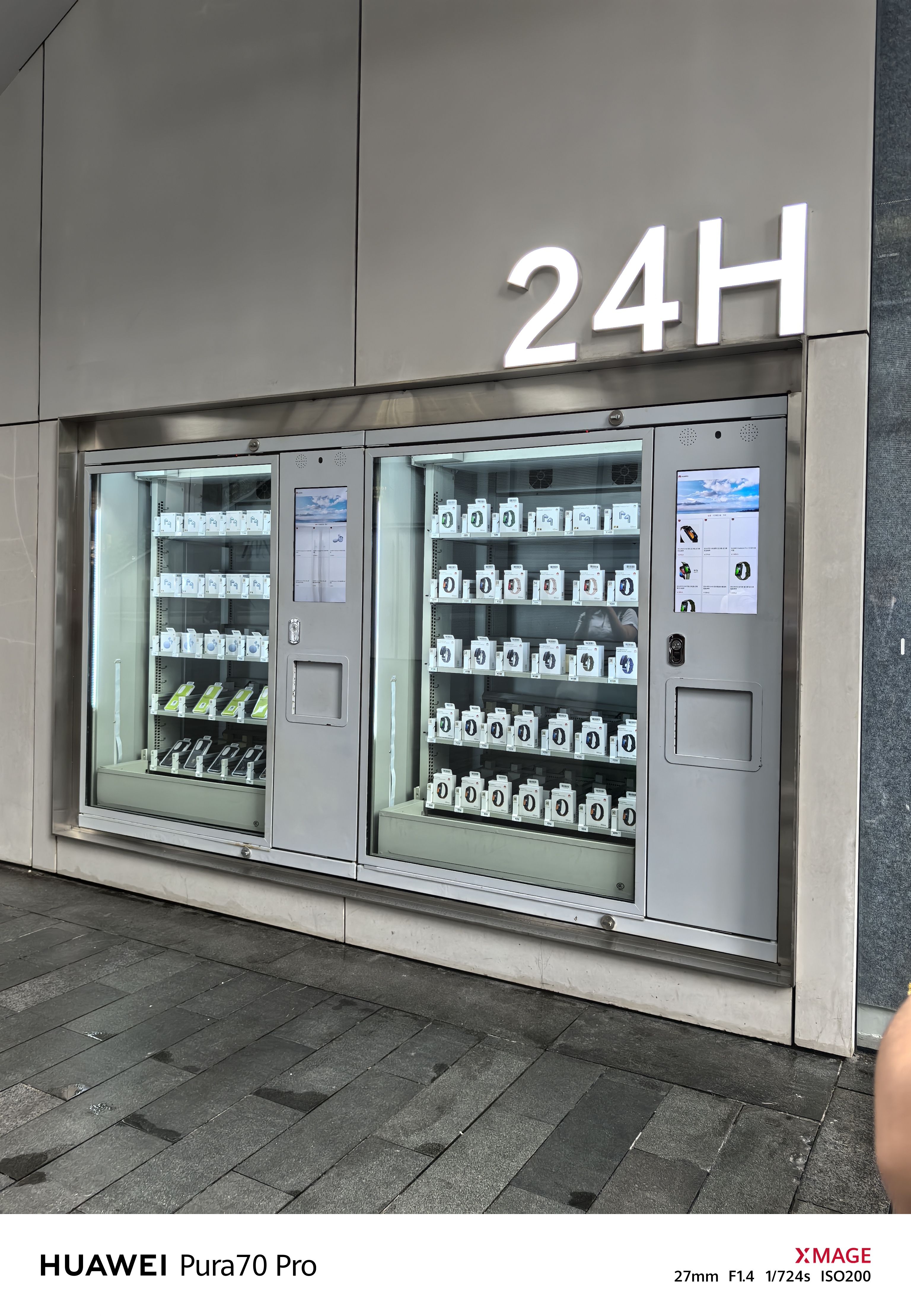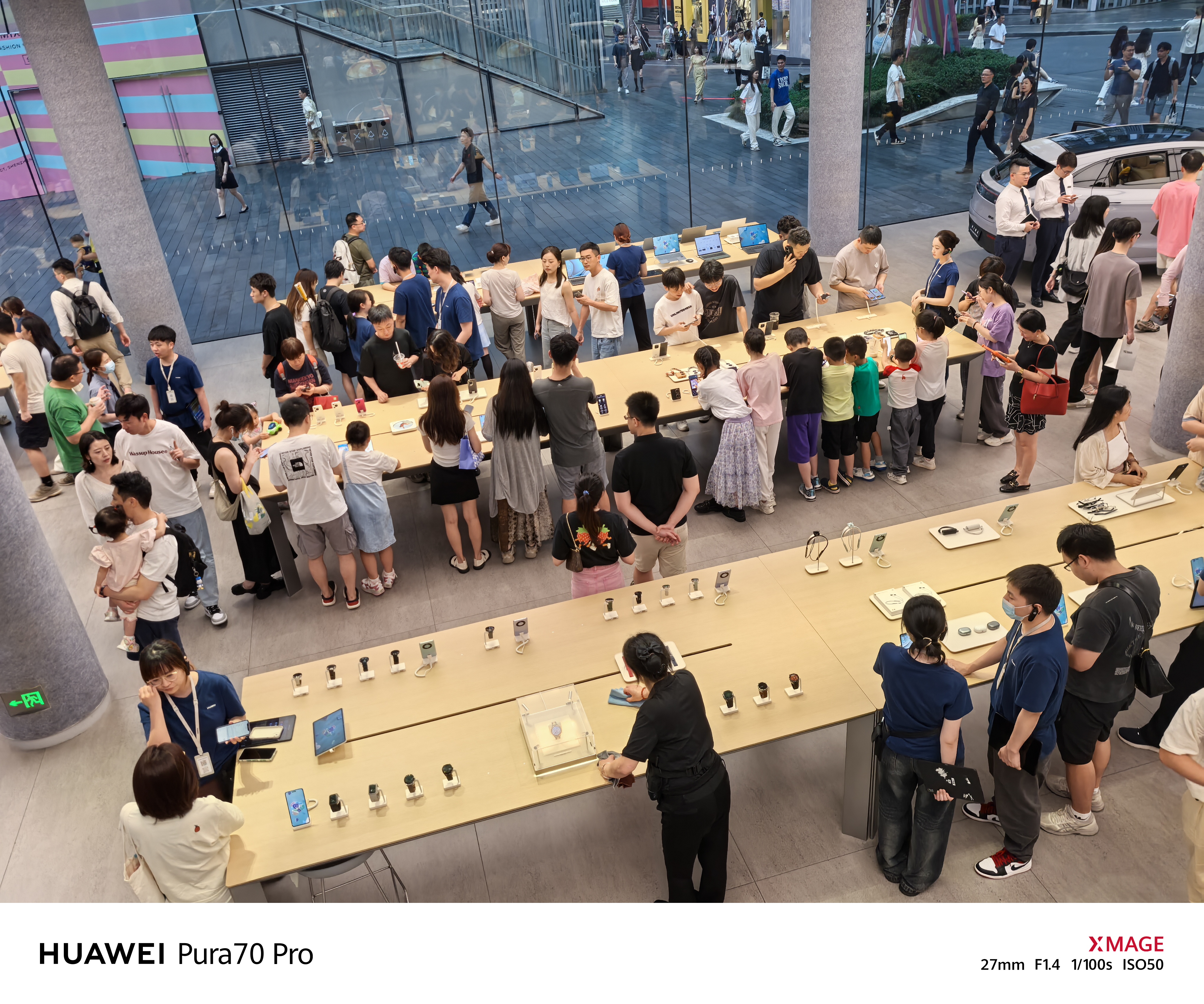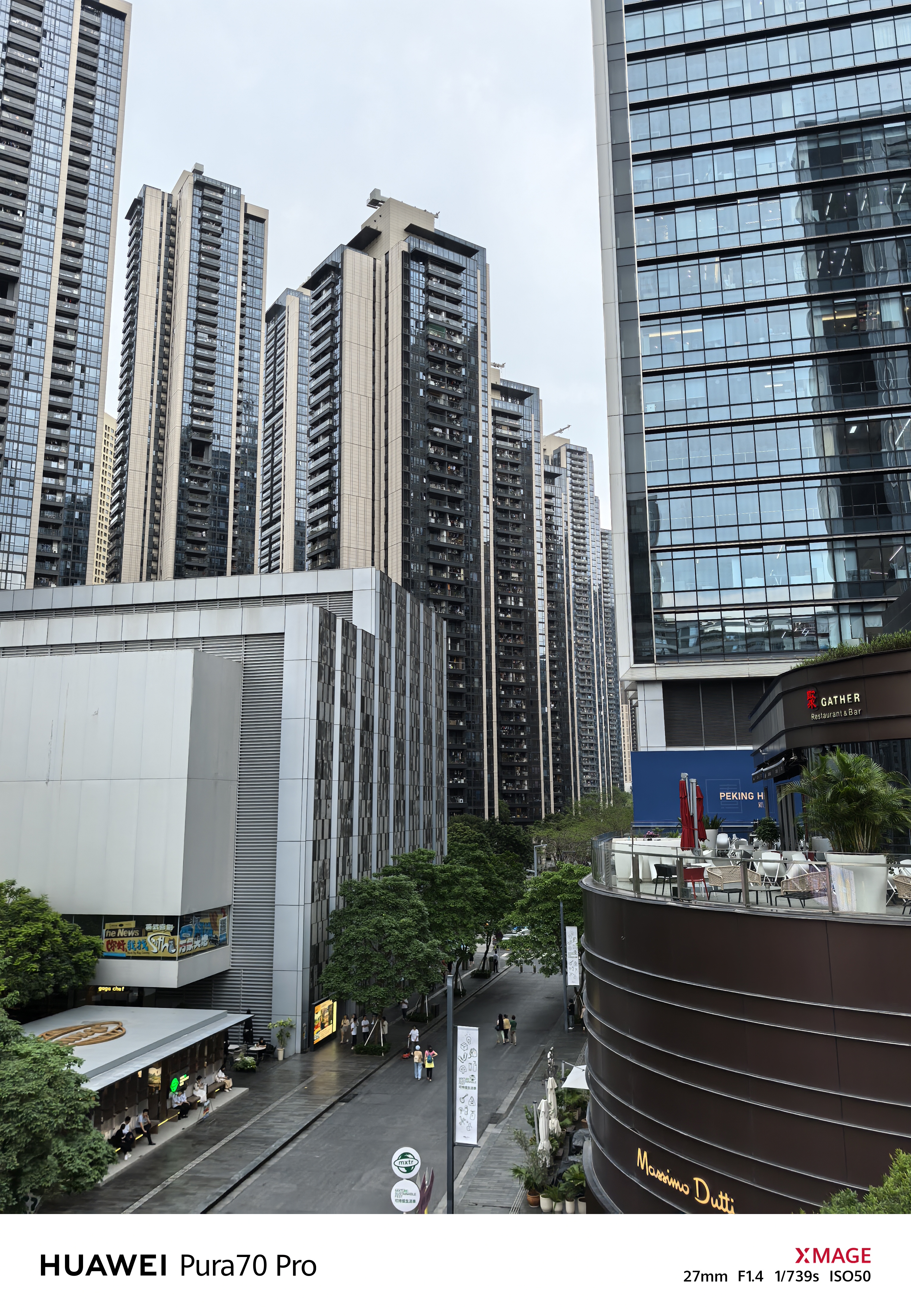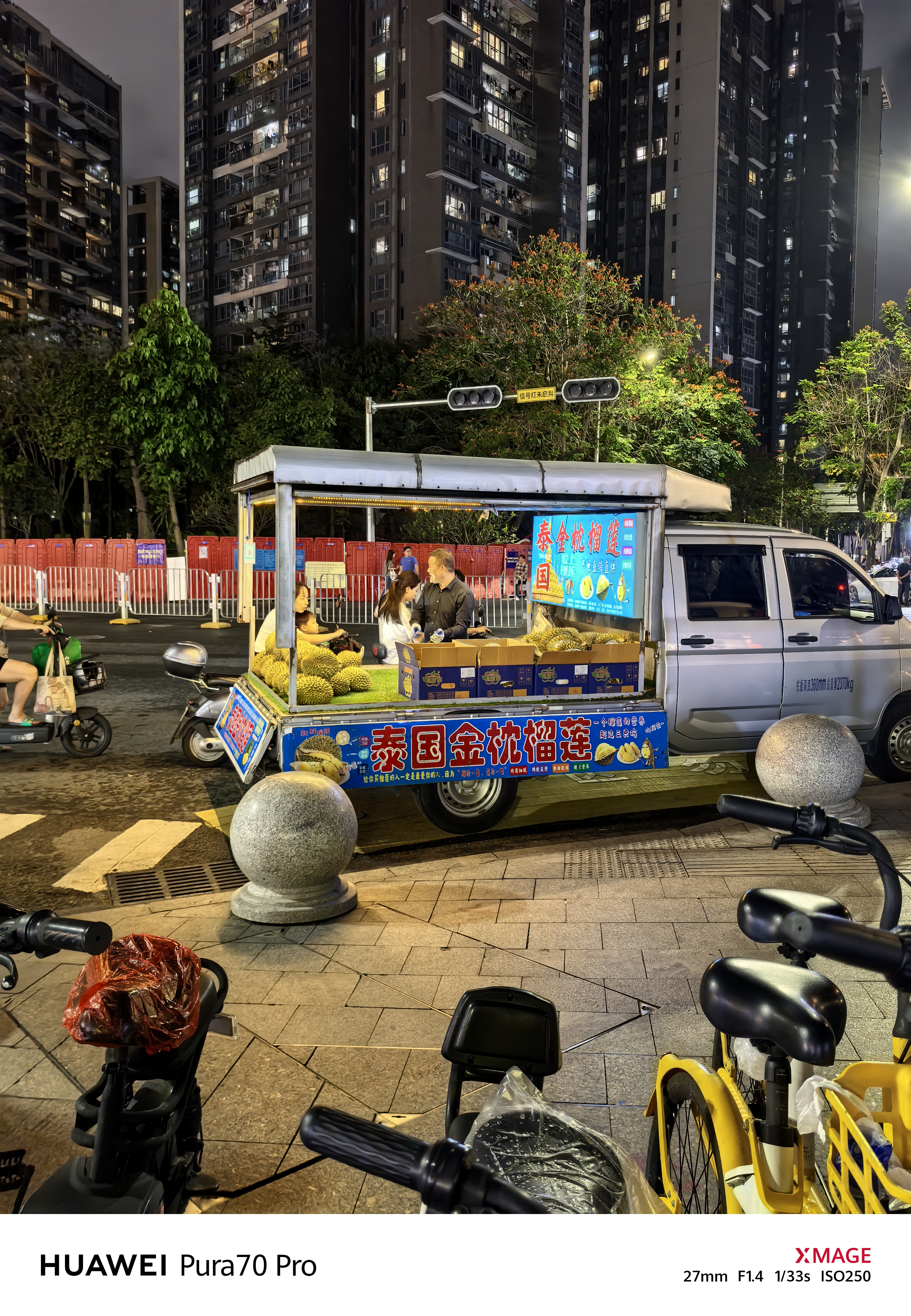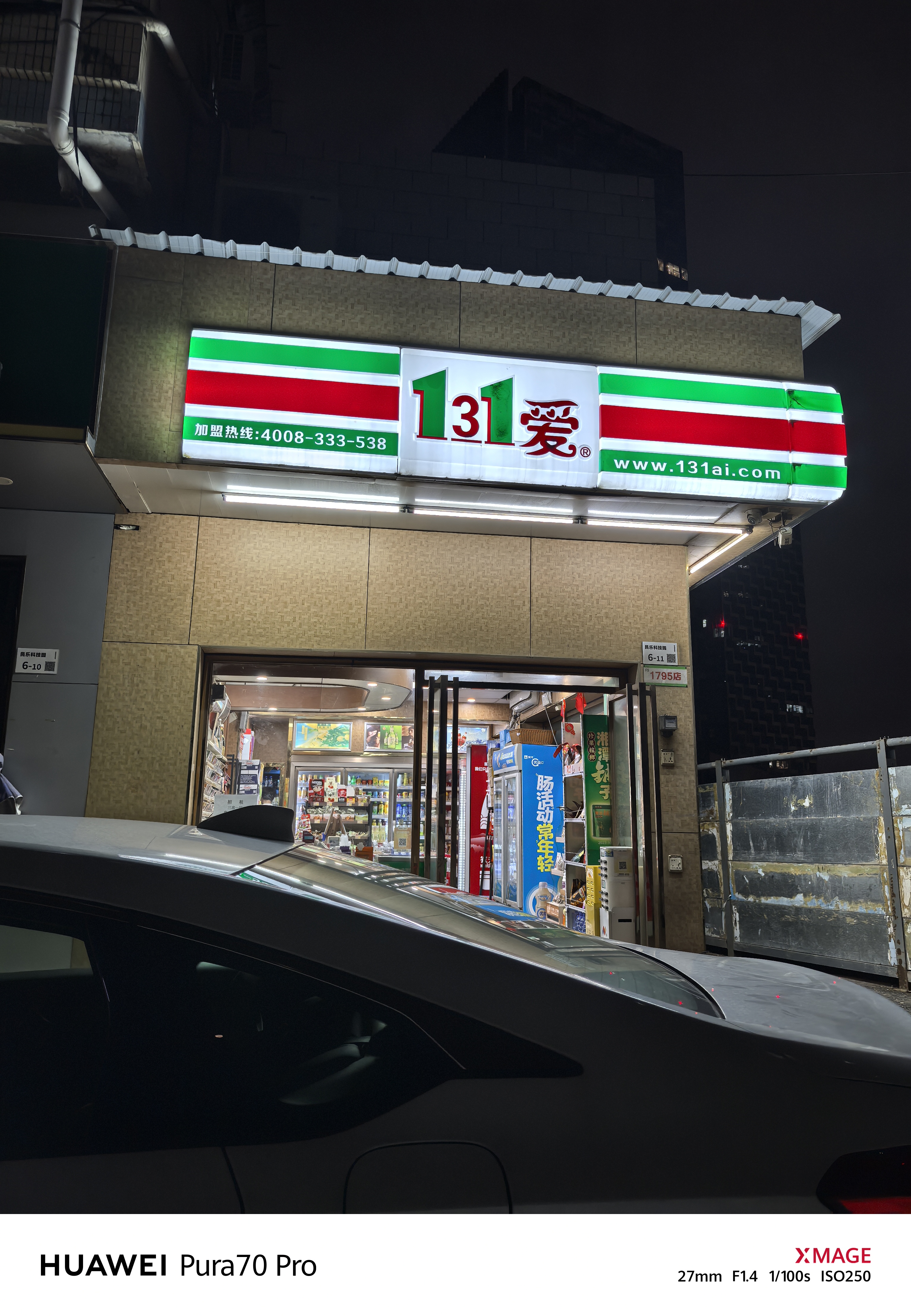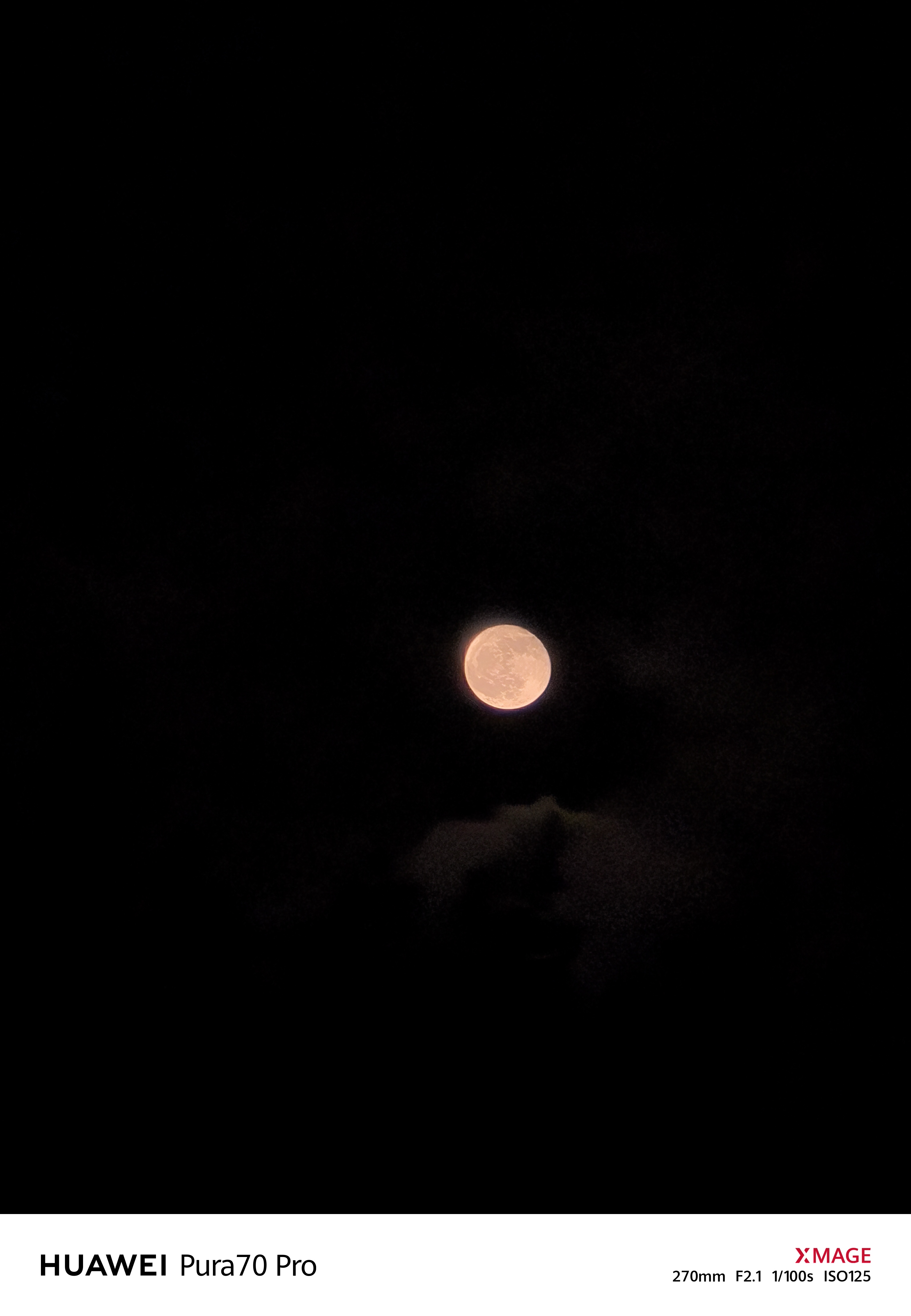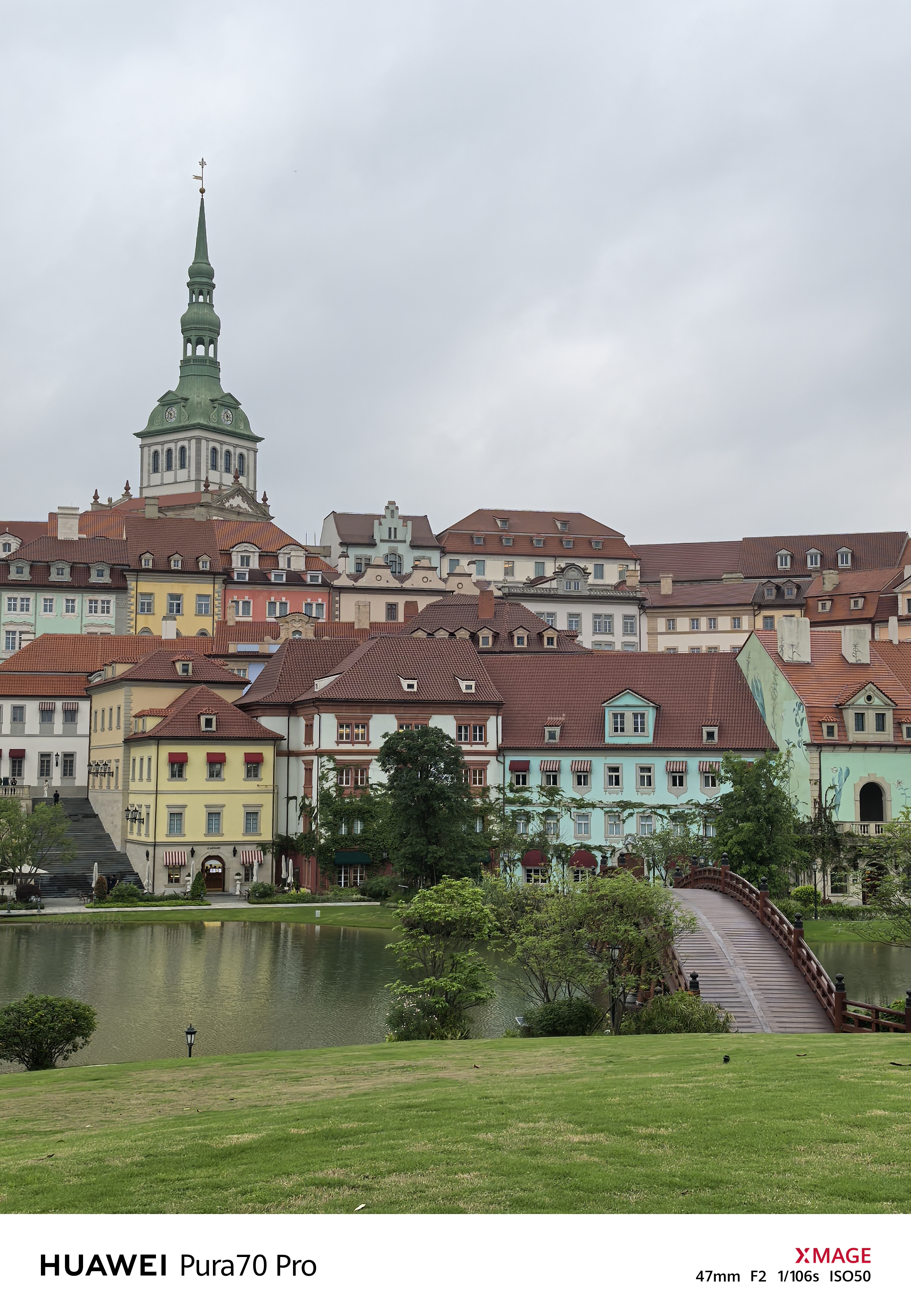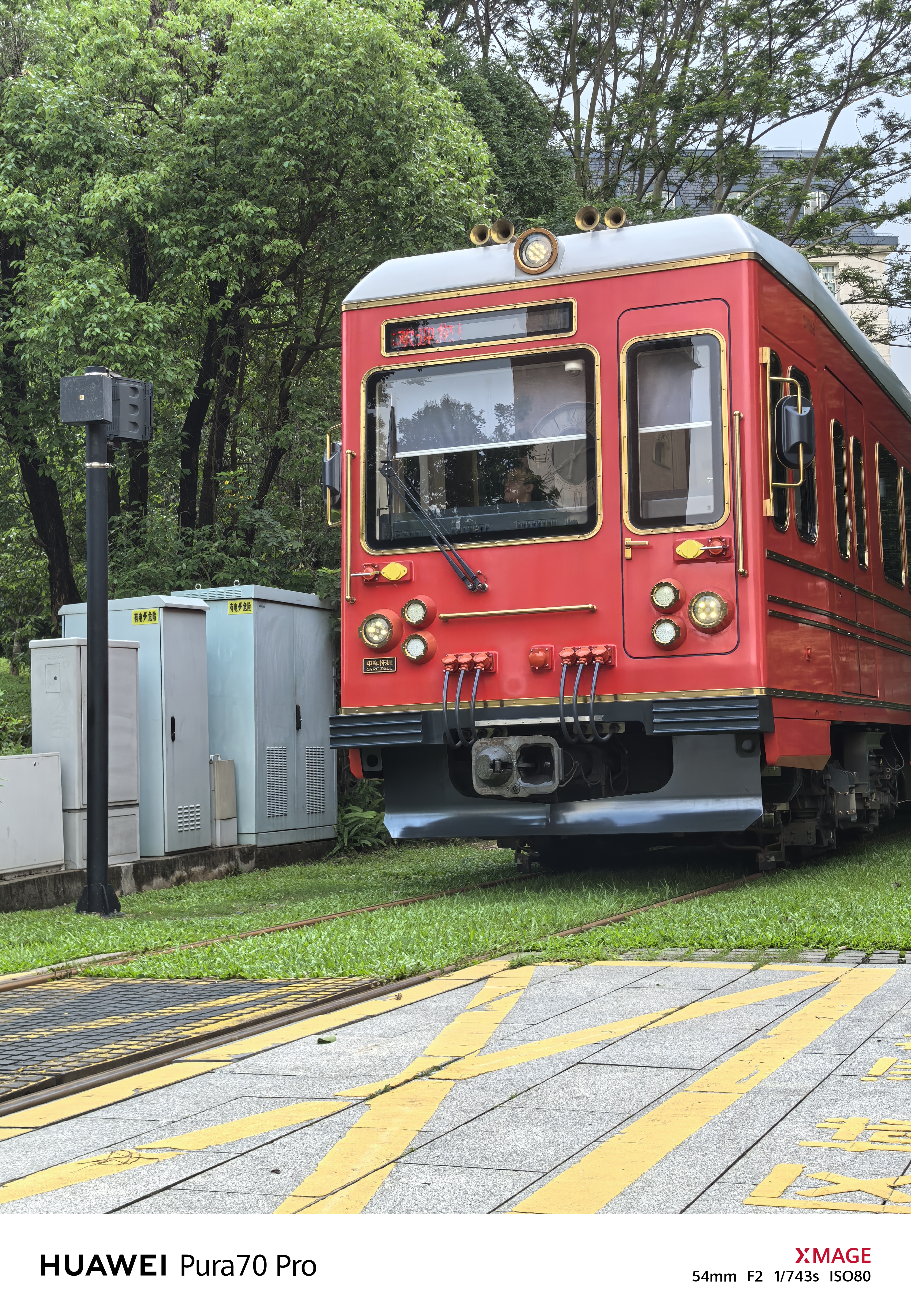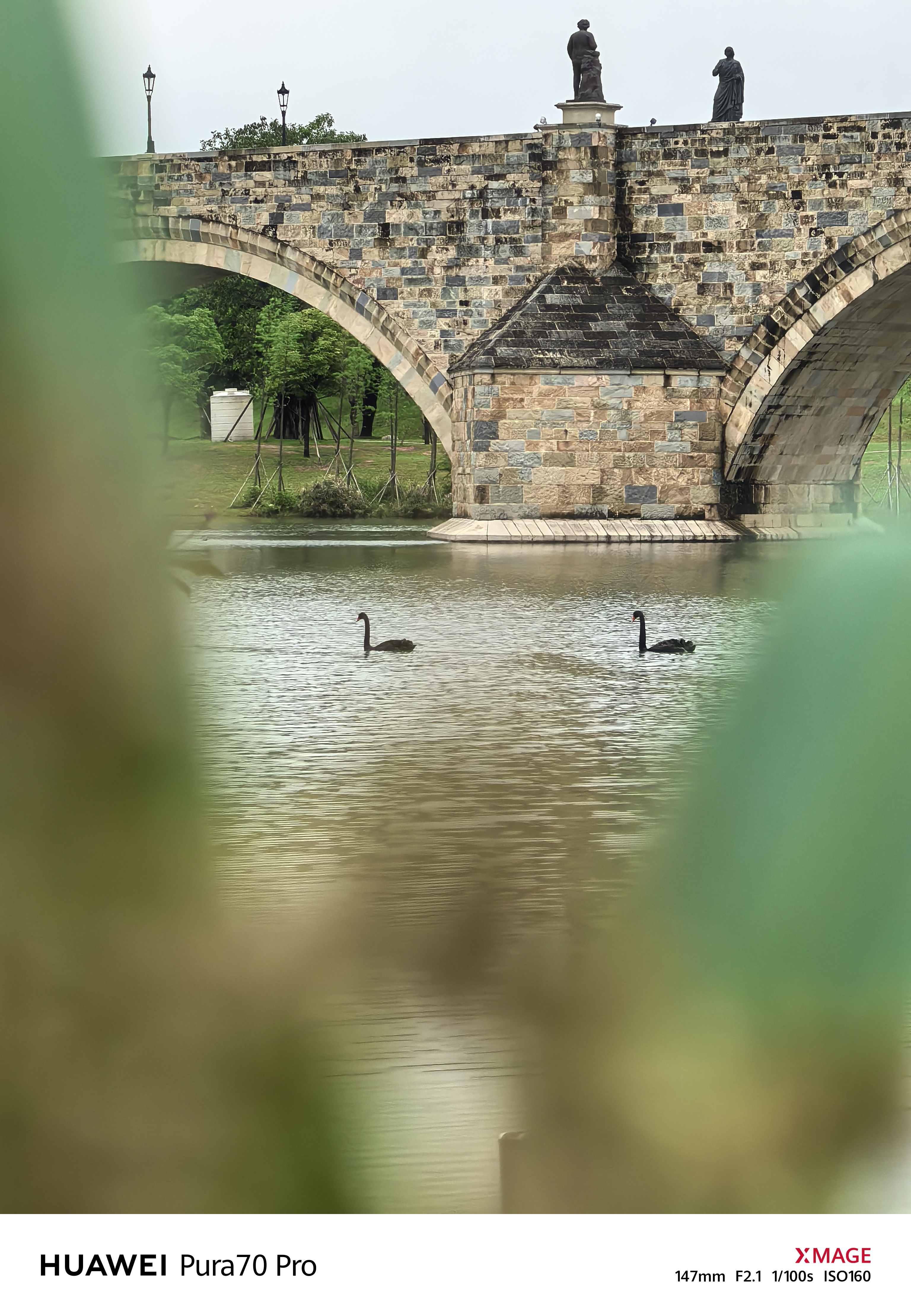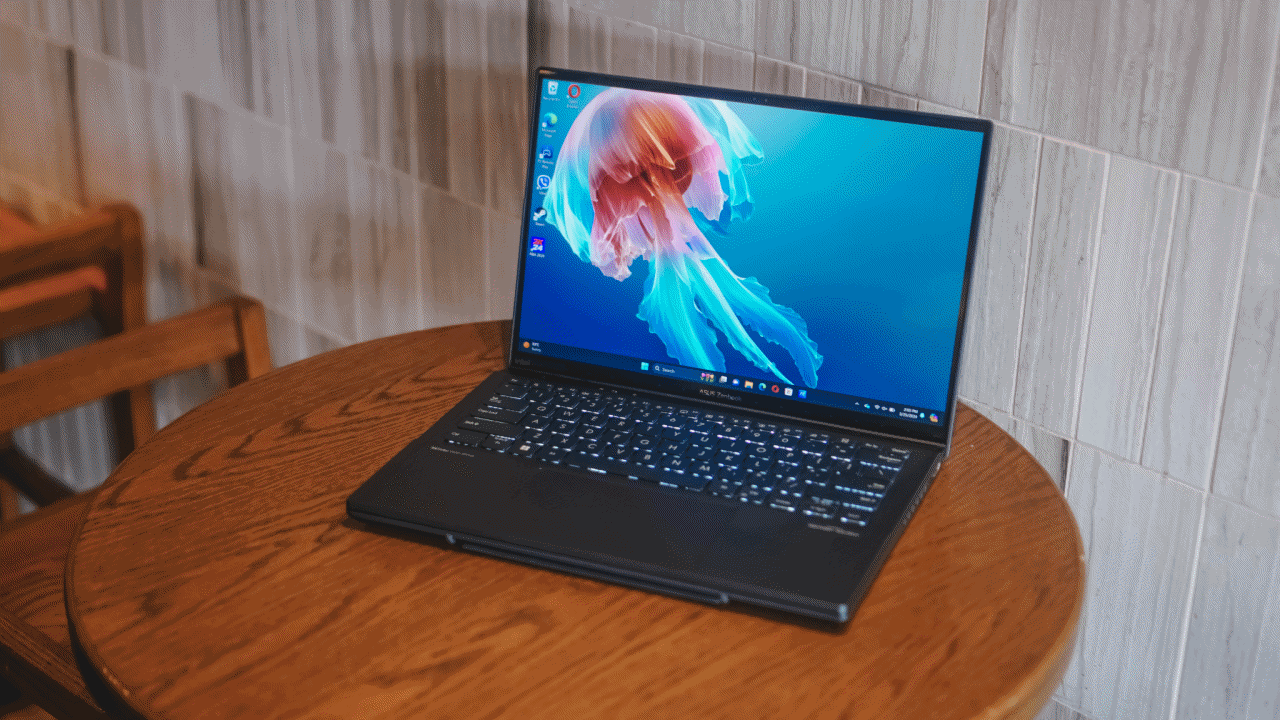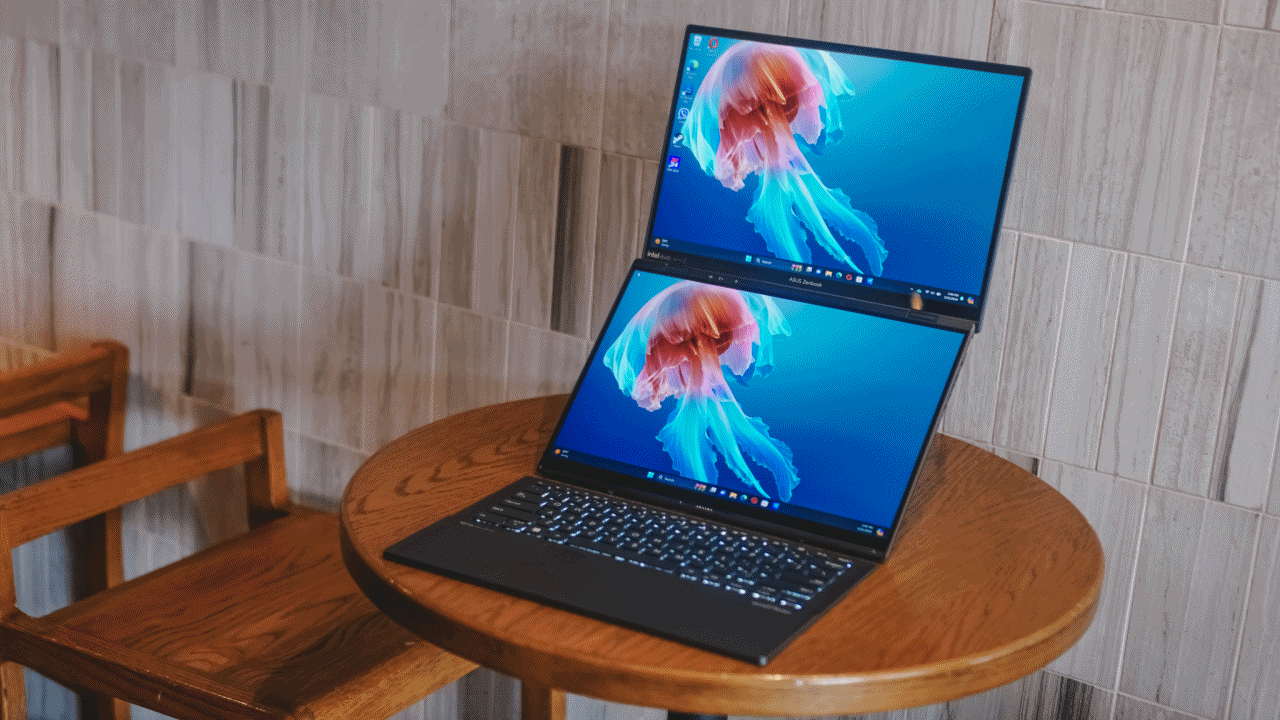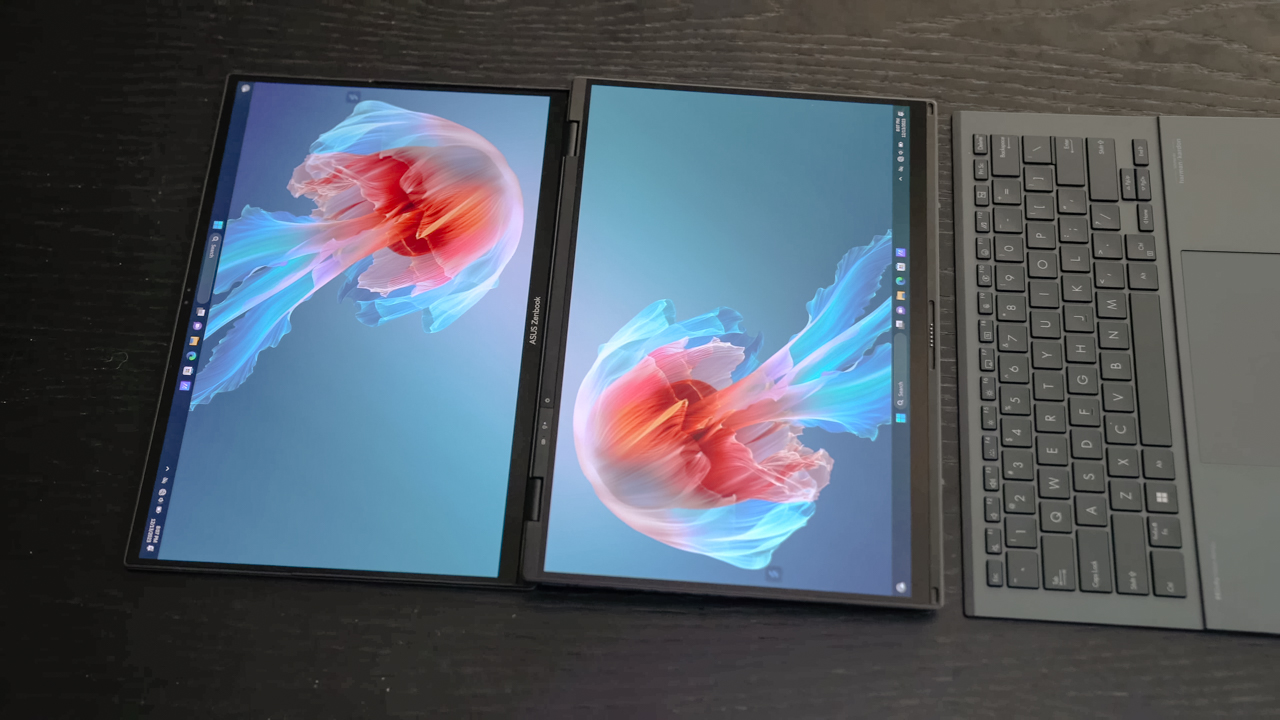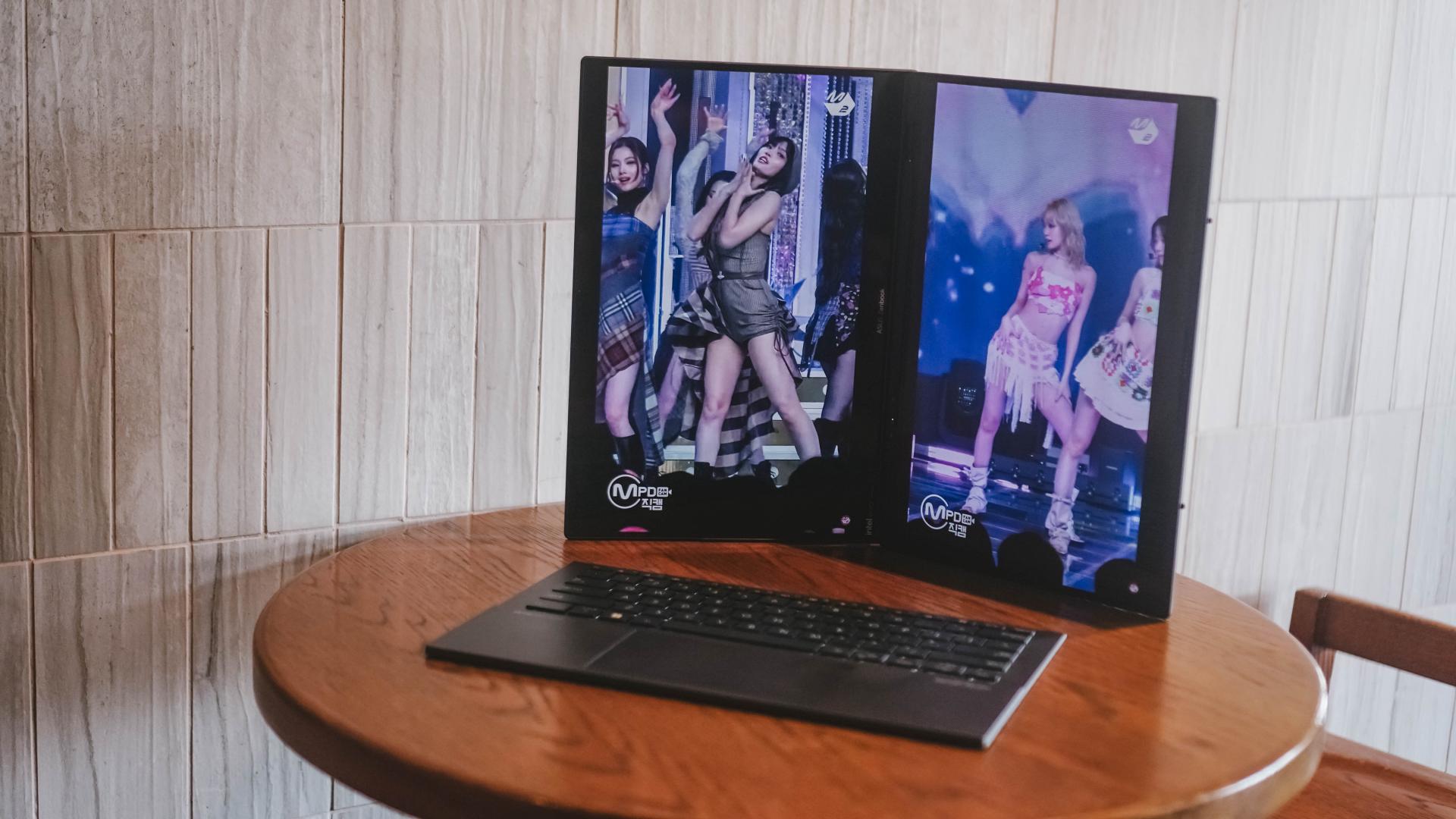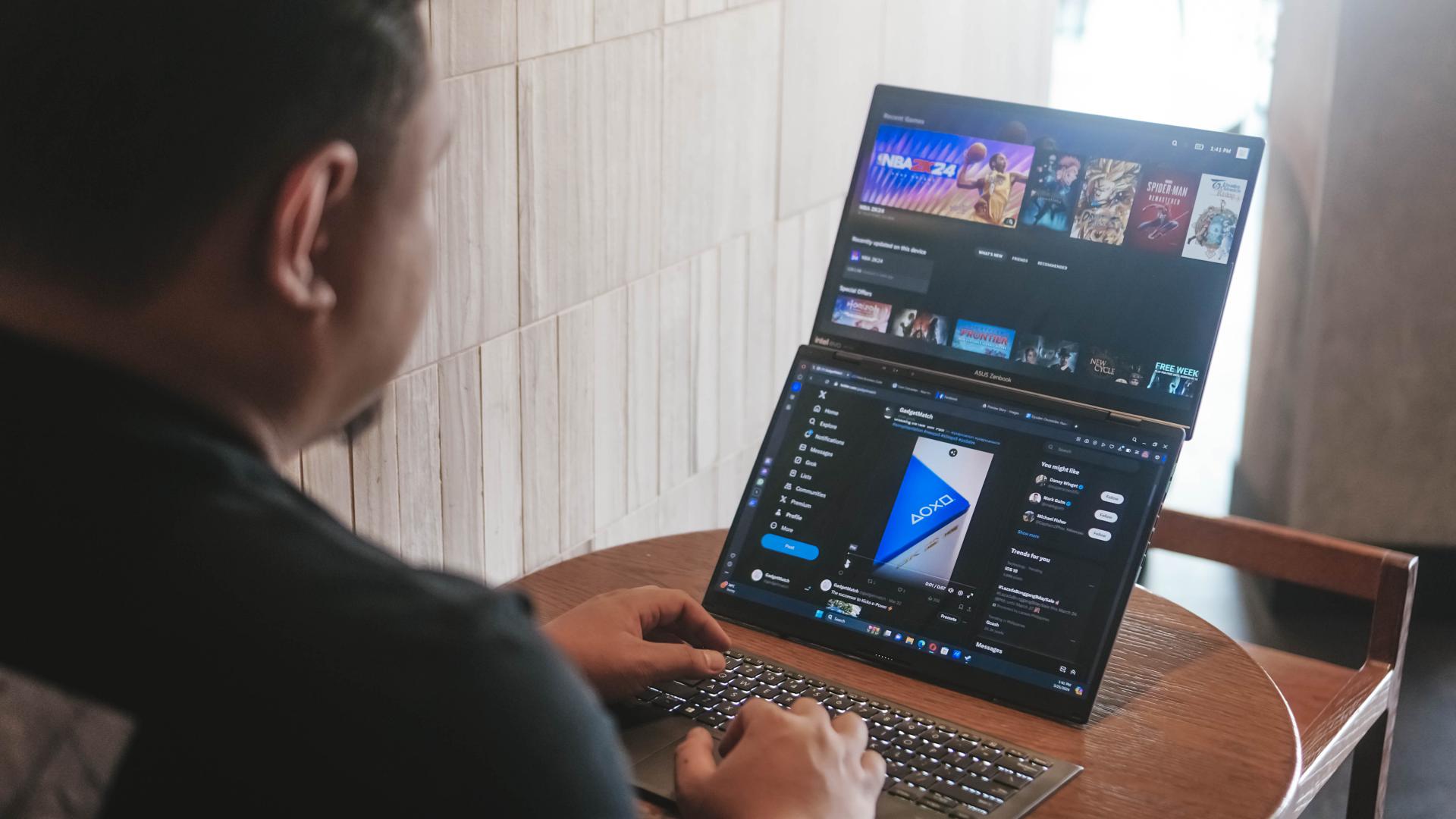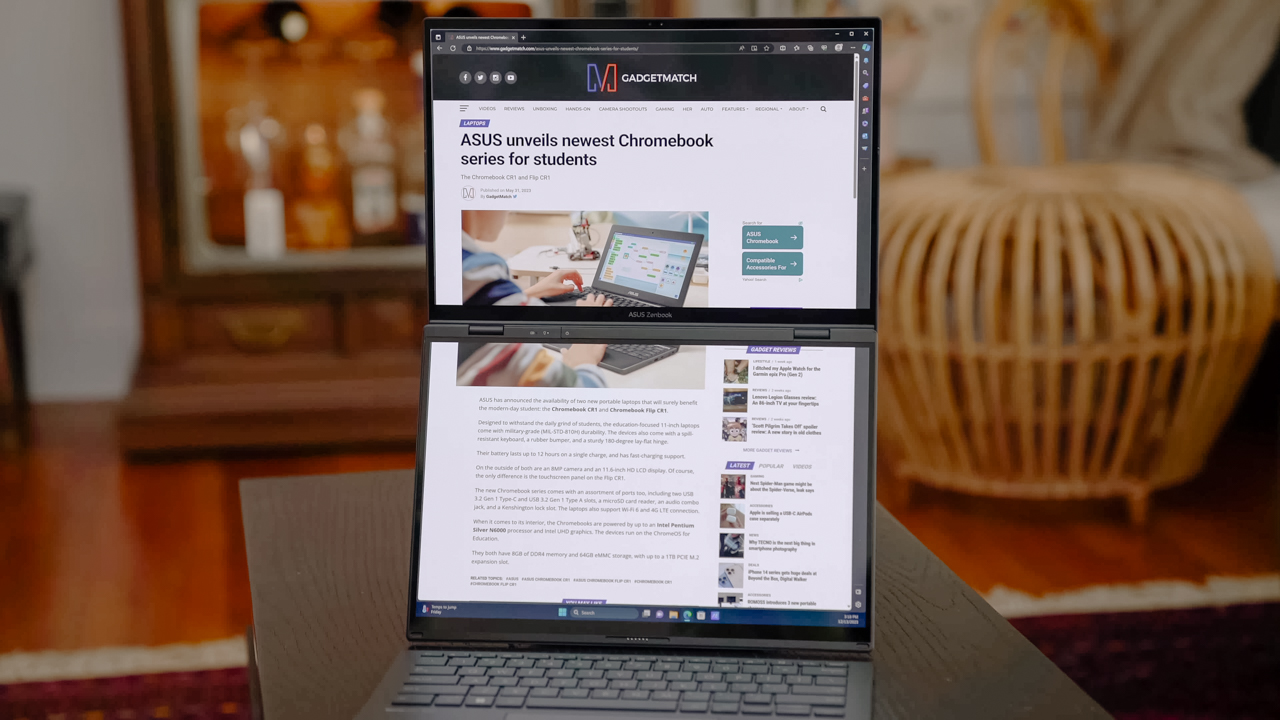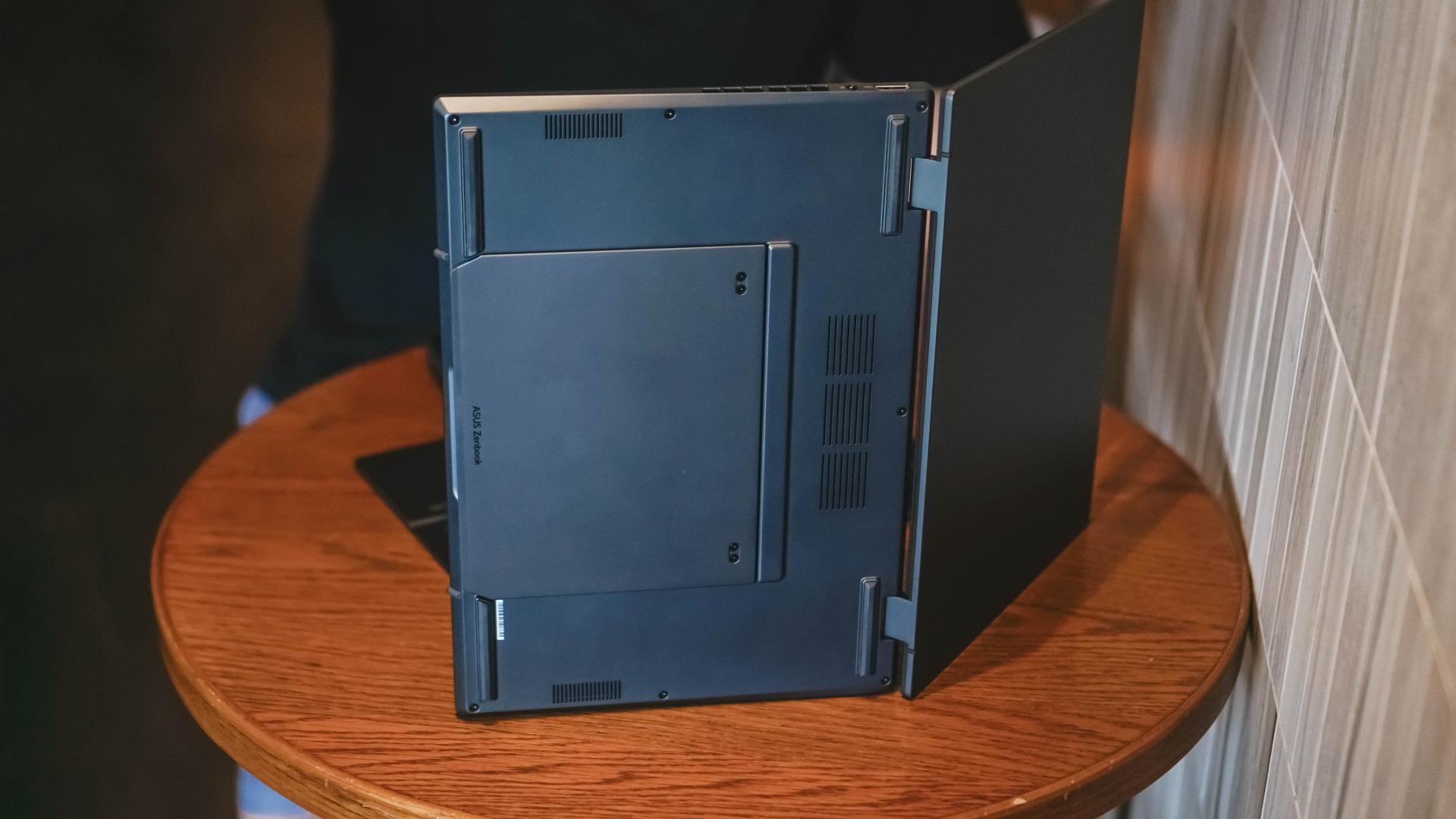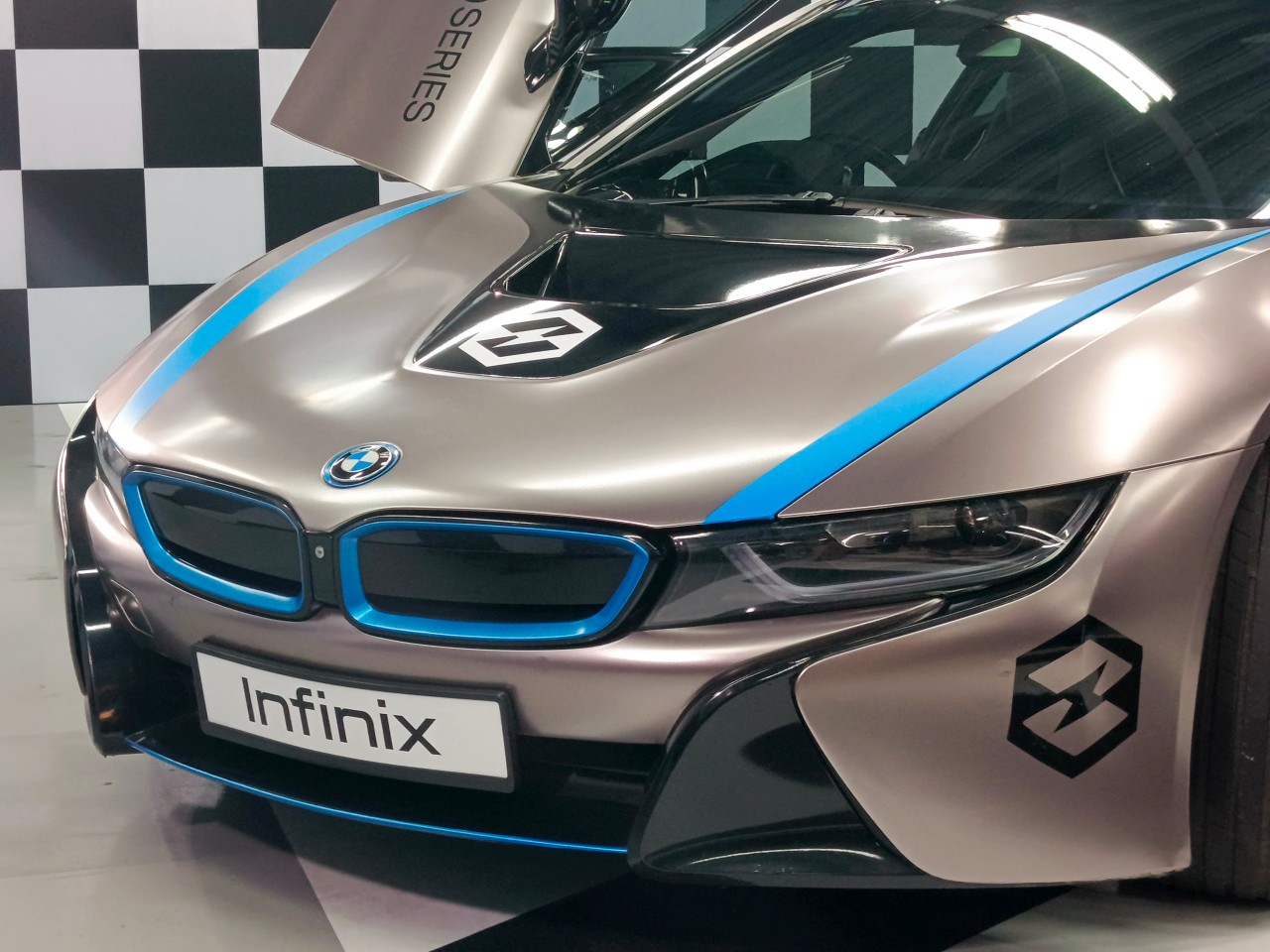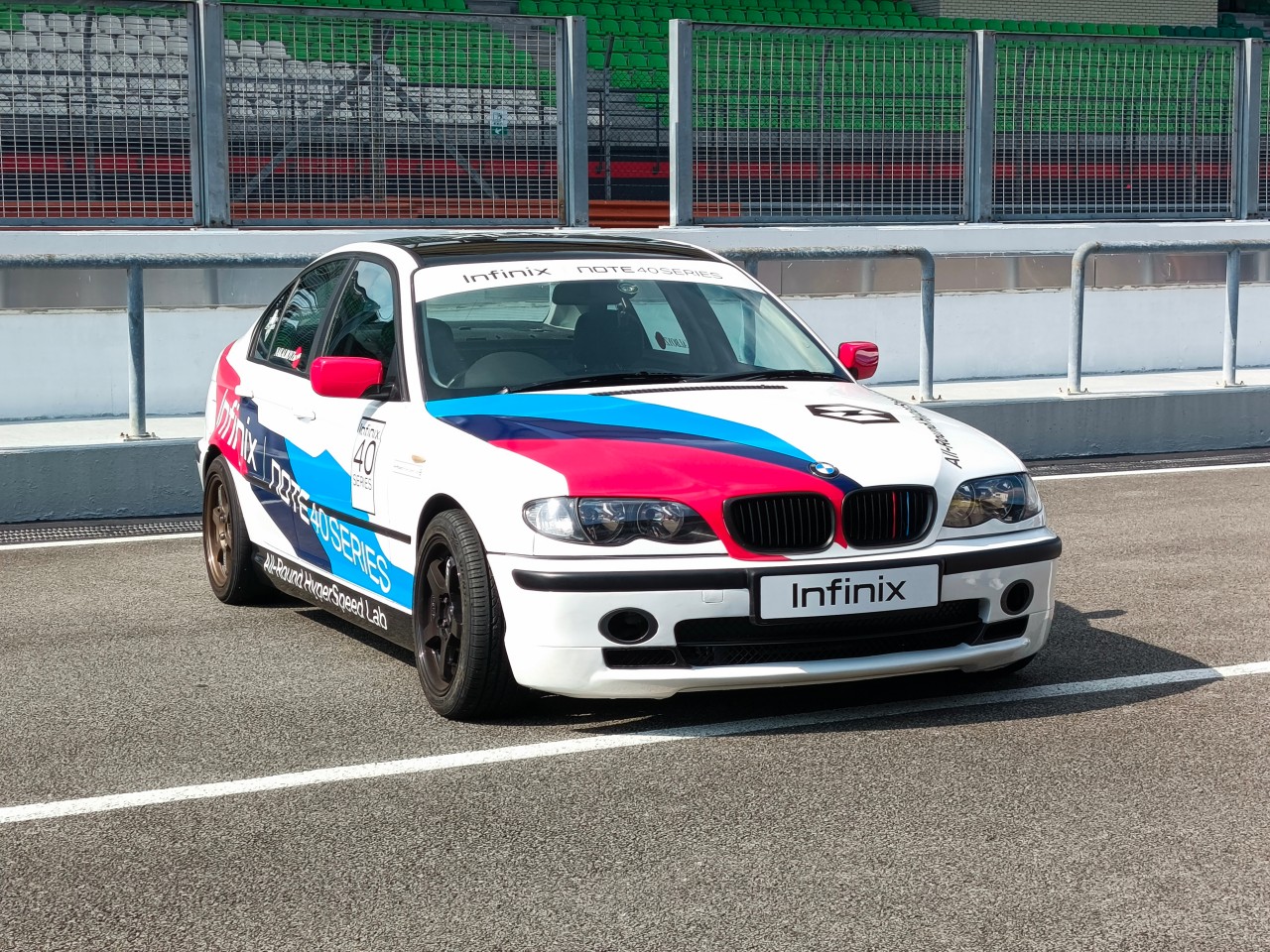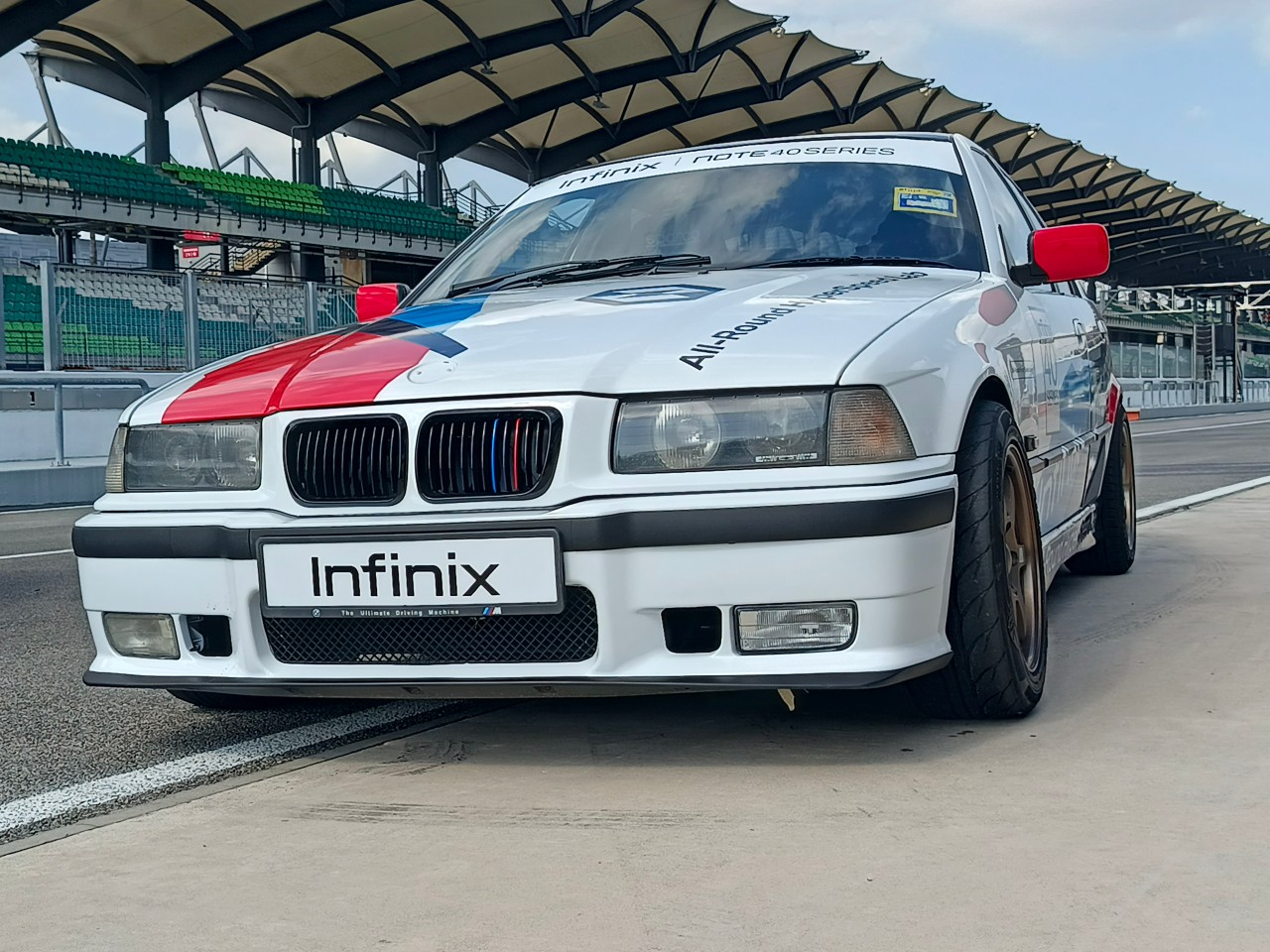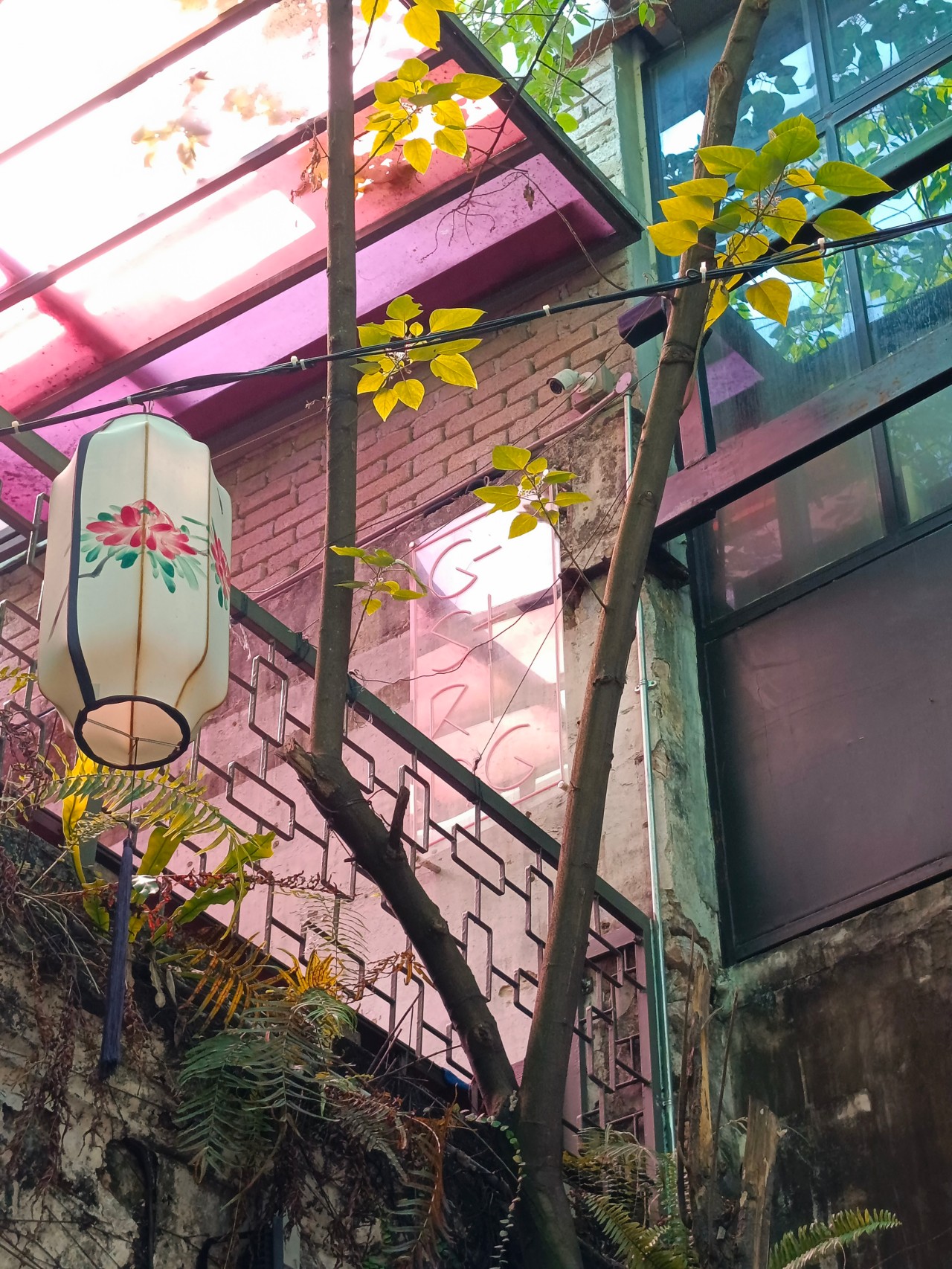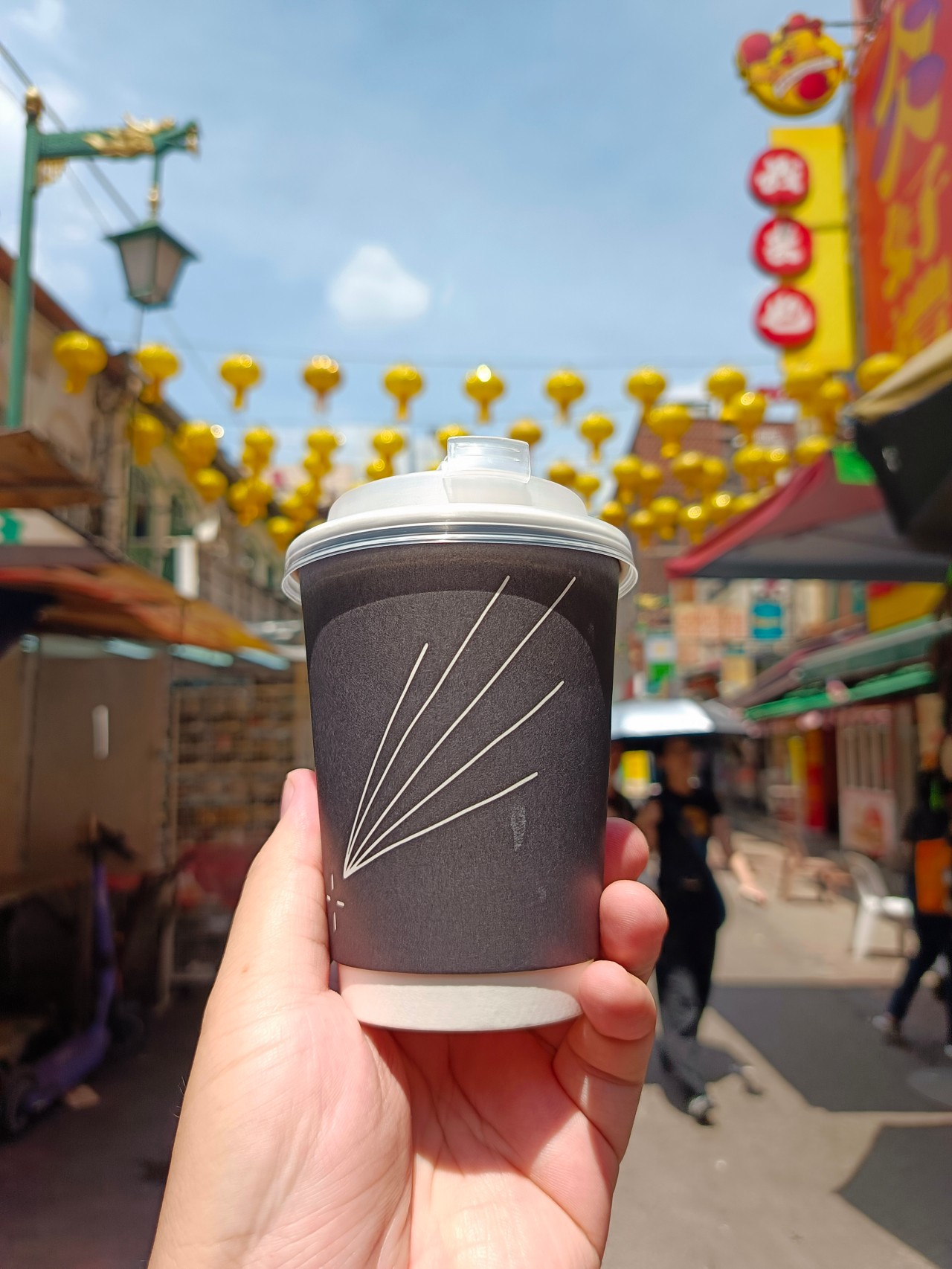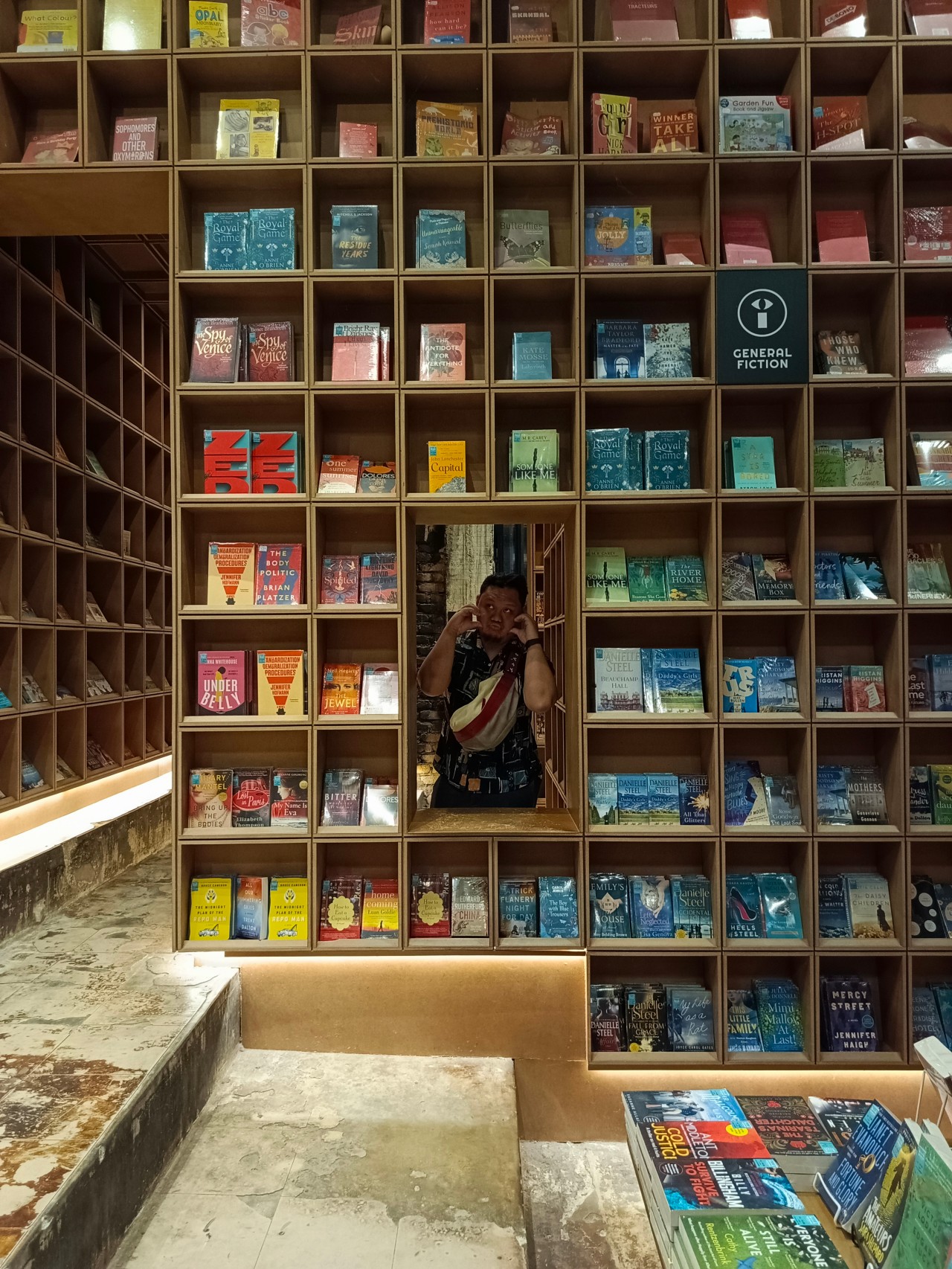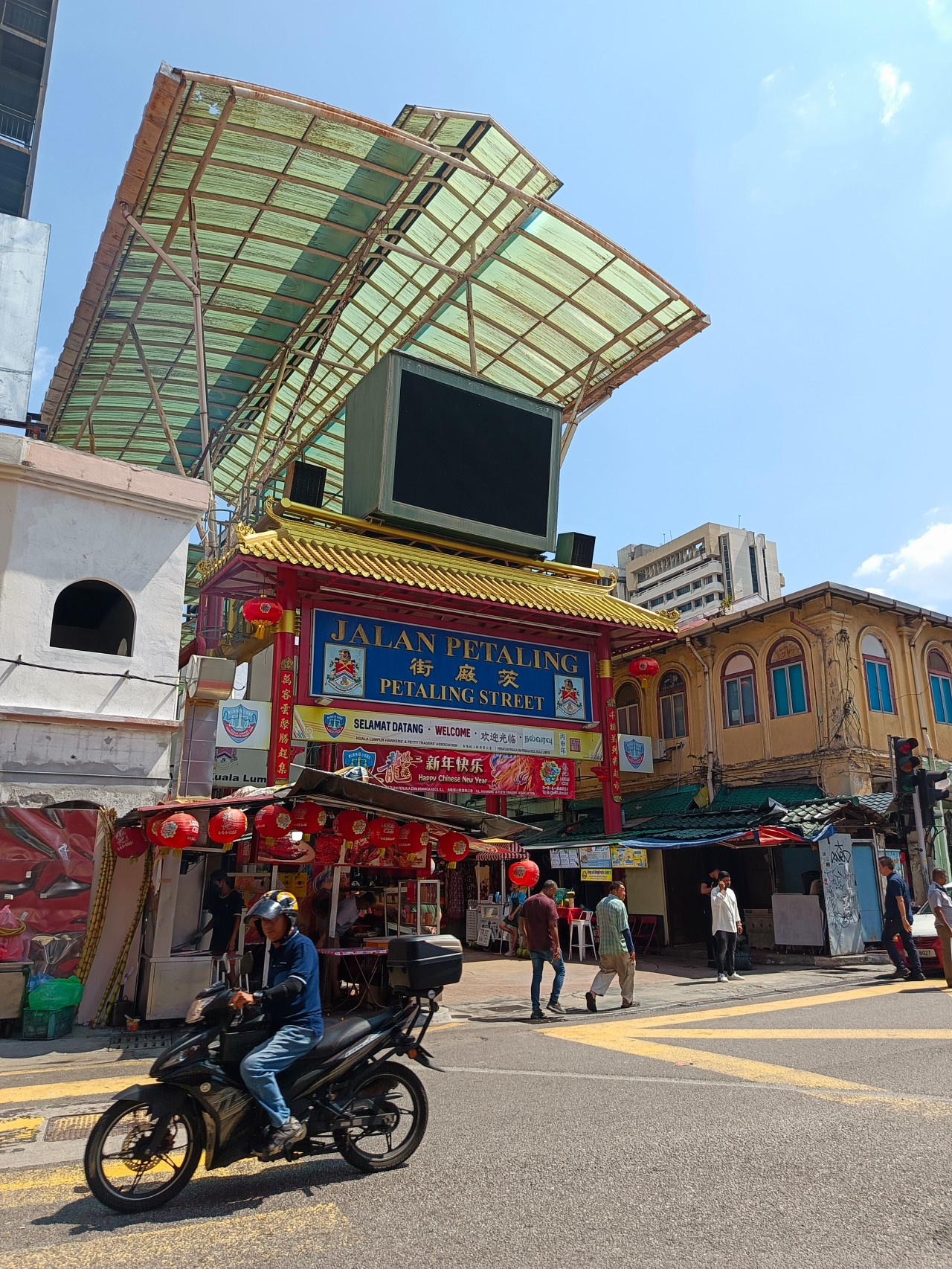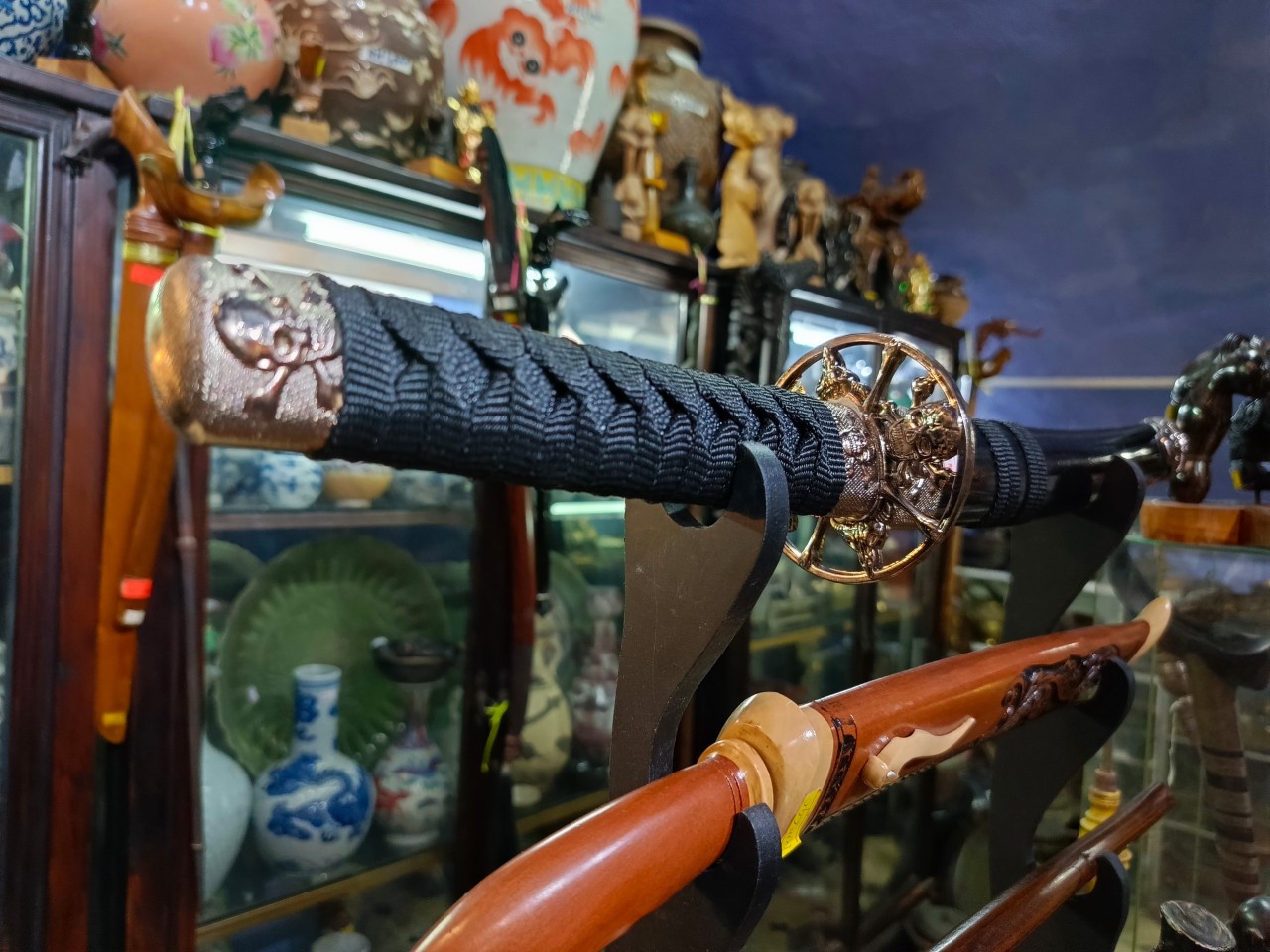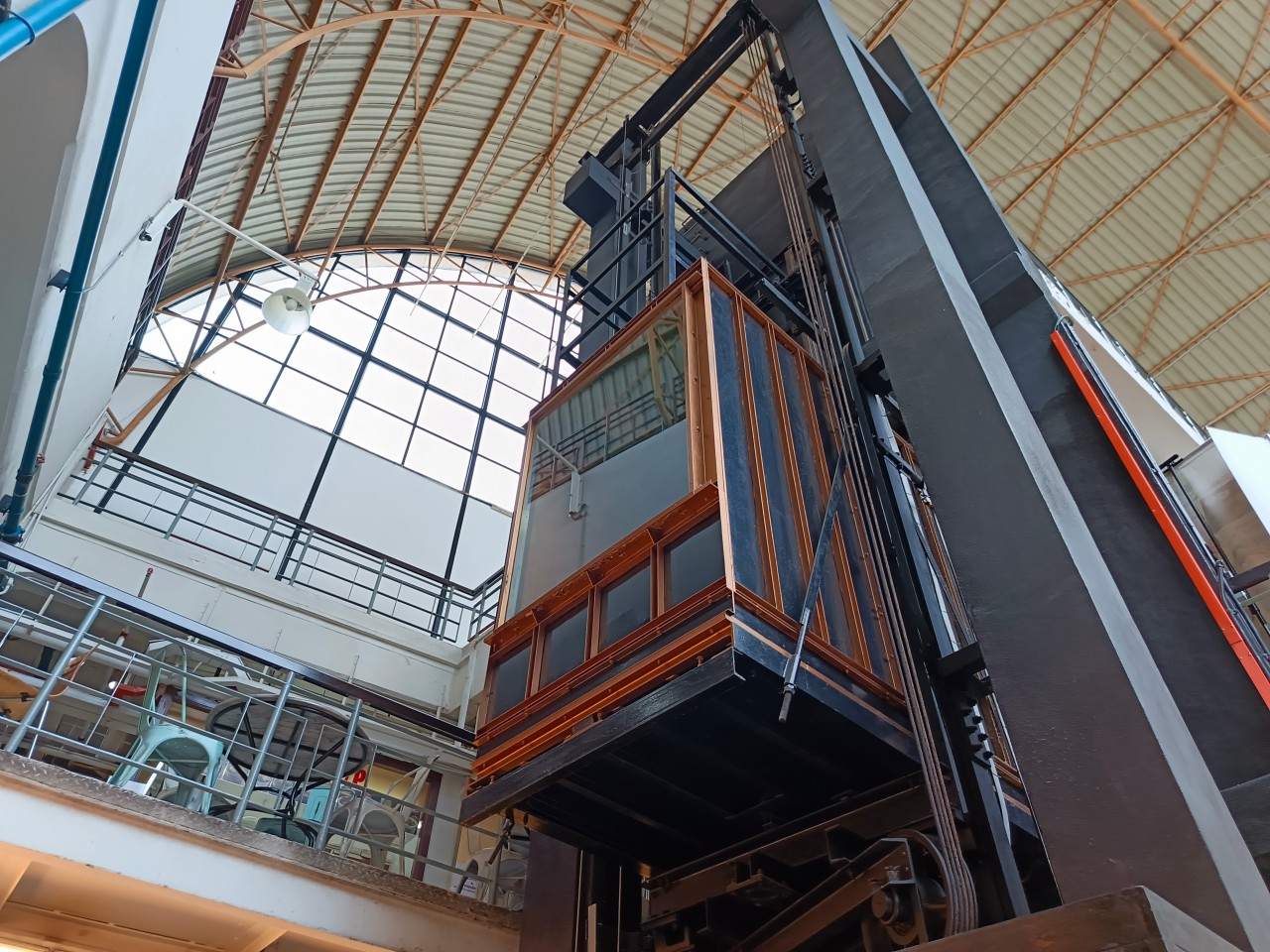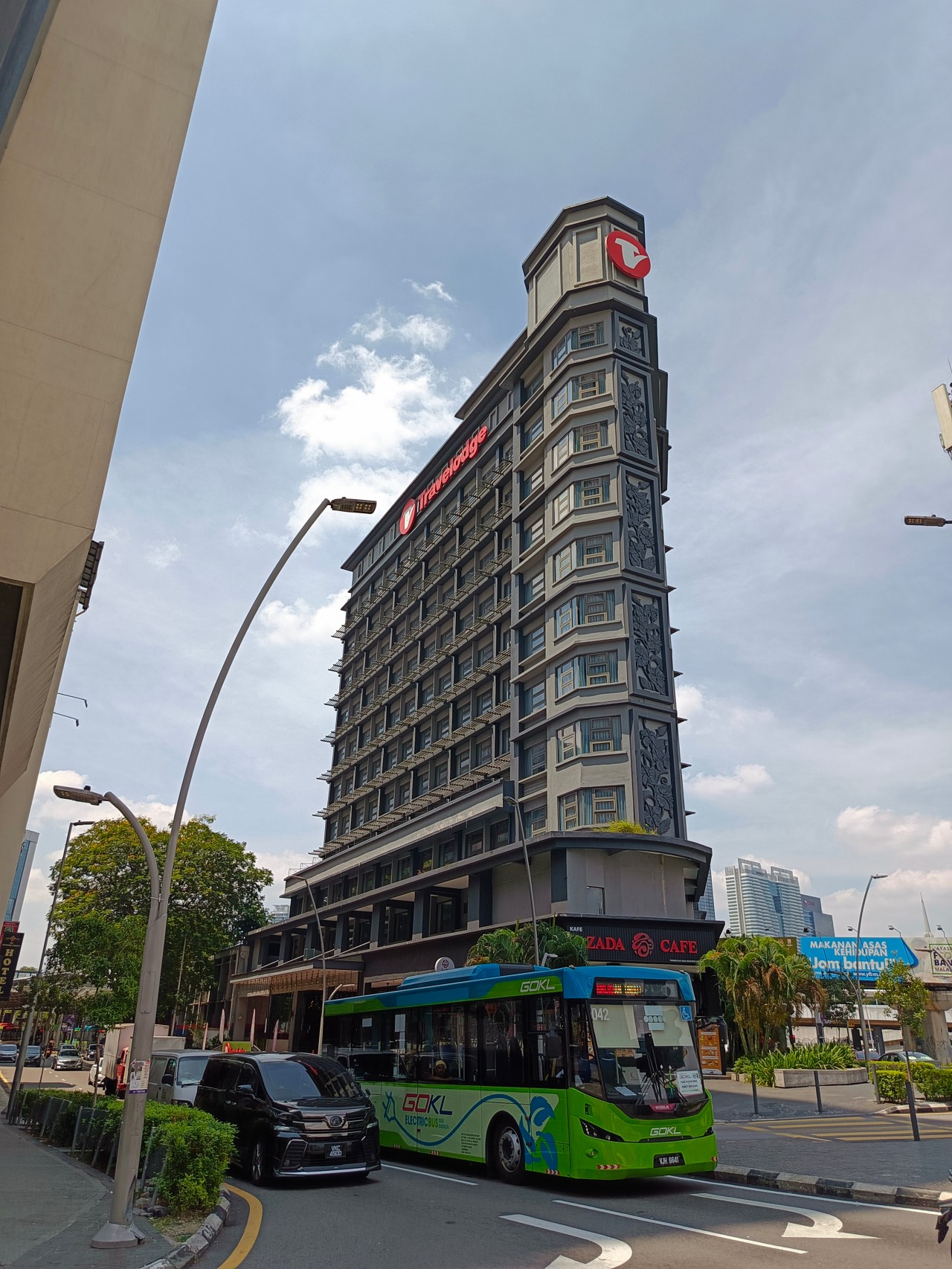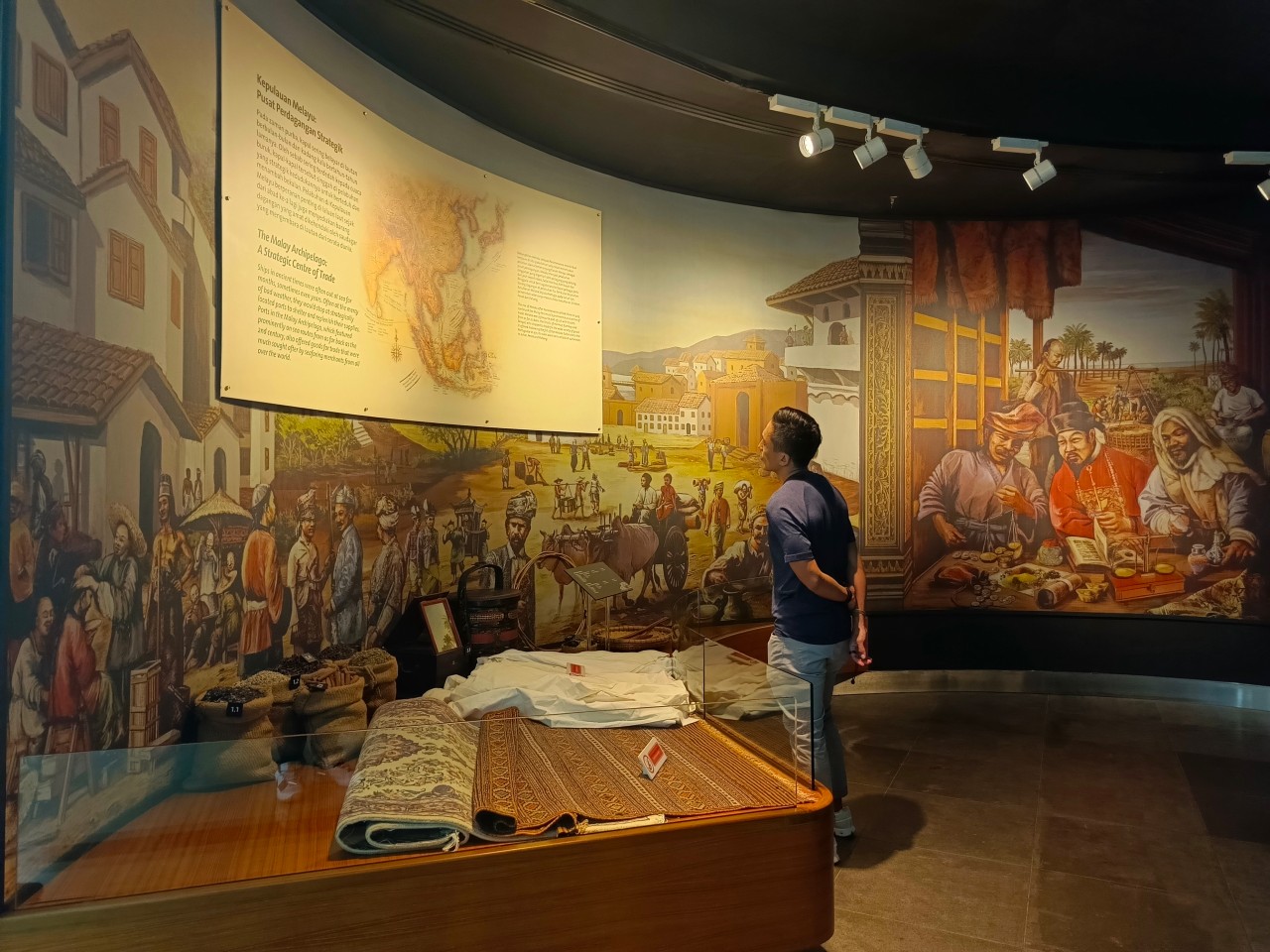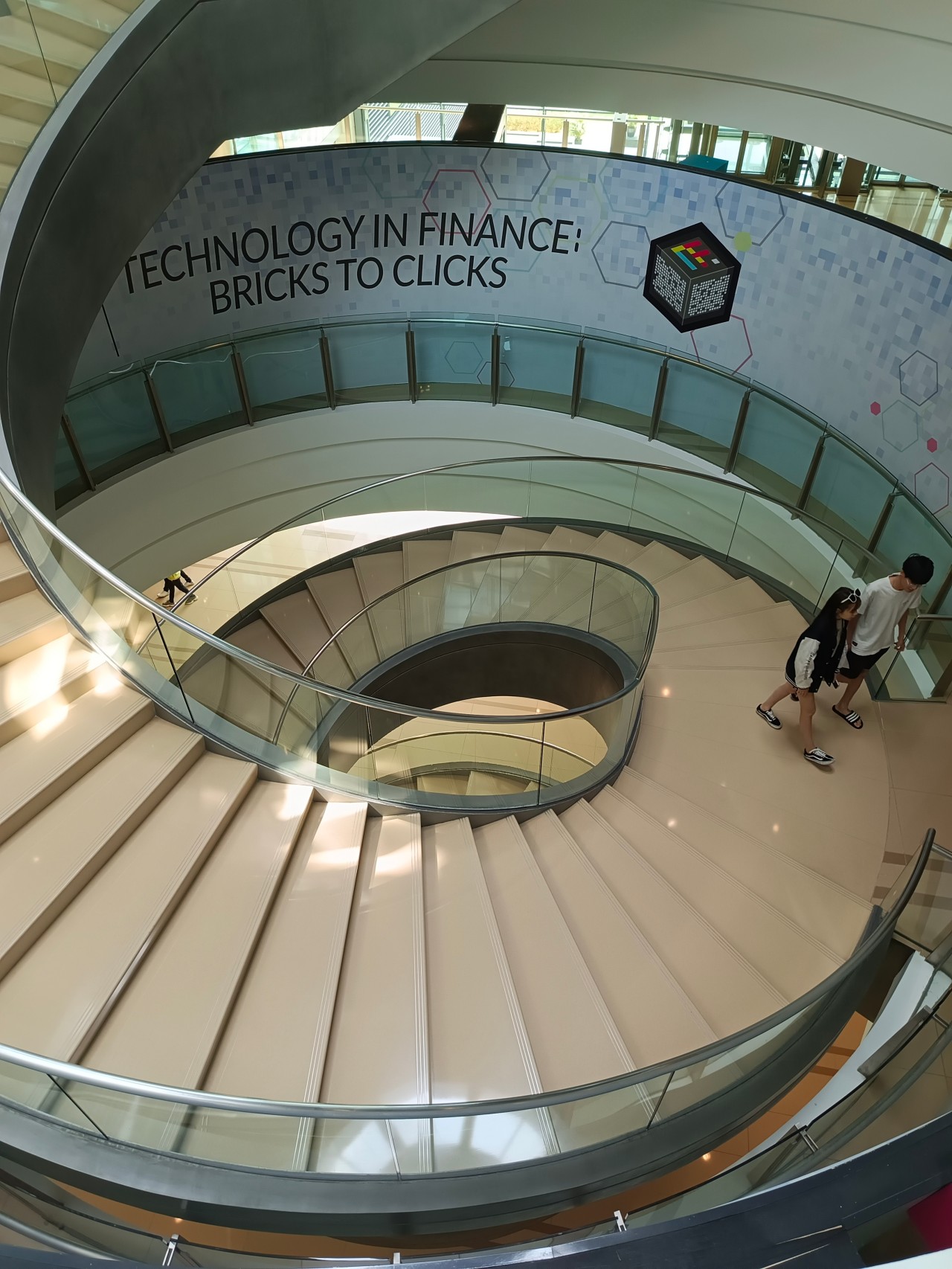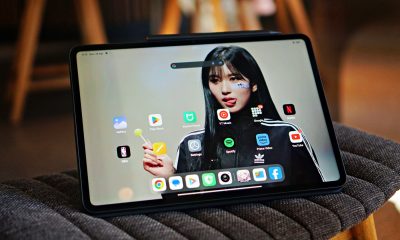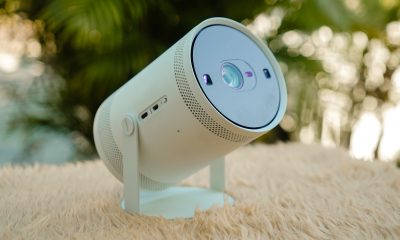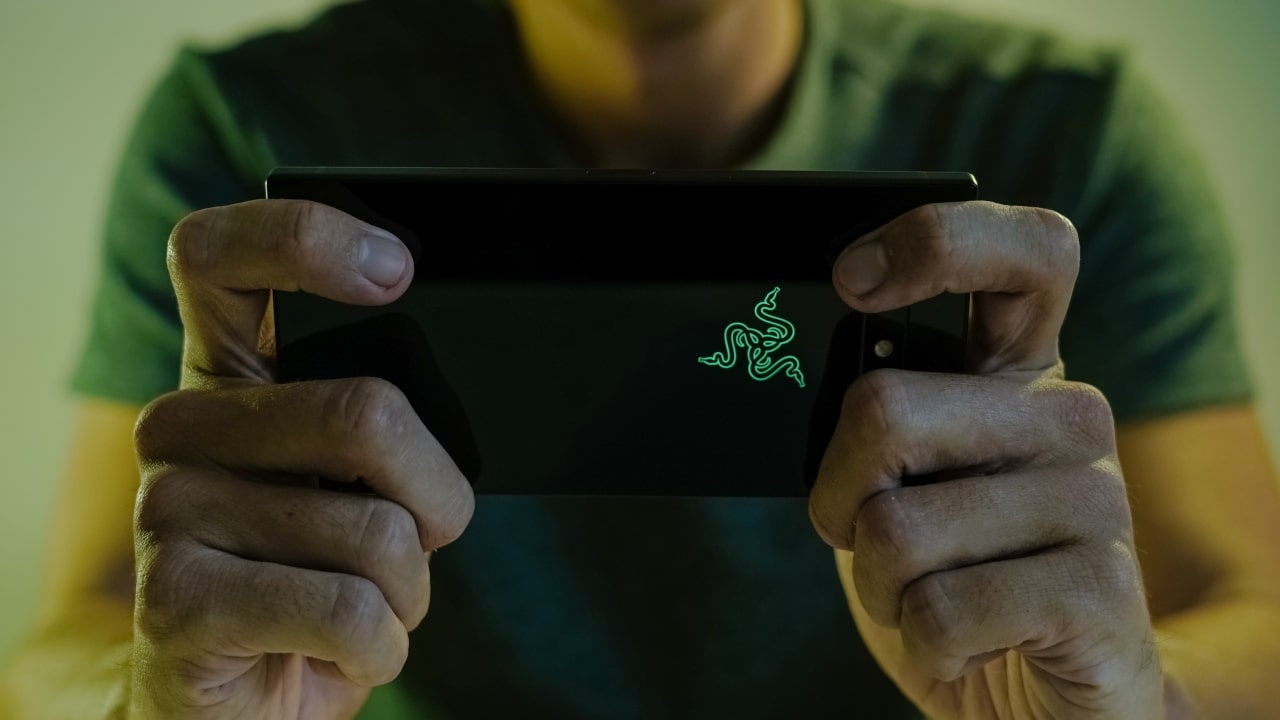
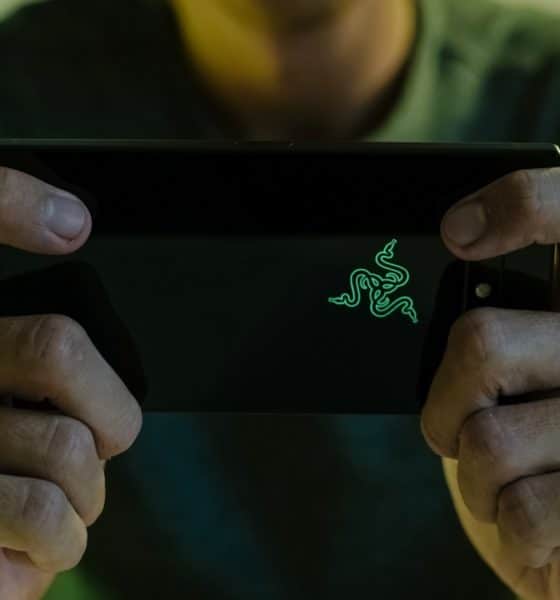
It should go without saying that the Razer Phone 2 is designed for mobile gaming and nothing else. Ever since we first laid our hands on it, there’s nothing else worth doing on this device aside from playing games — and a little media consumption on the side.
For one, this thing is big and blocky. Never have I used a phone as daunting as this. While it feels fine during landscape mode with two hands, going single-handed can be a literal pain to one’s hand.
You can get a better feel of it in our initial hands-on video:
It’s essentially the same brick as the original Razer Phone. The gaming company definitely applied the don’t-fix-it-if-it-ain’t-broke mentally here. I’m honestly fine with it since it delivers an unmatched screen-speaker combo, but I imagine small-handed users having a problem with this.
That’s mainly because it owns a 5.7-inch screen with a traditional ratio of 16:9, which means it isn’t as slim as those with the newer 18:9 panels. However, the dreaded notch is still nowhere in sight, and there’s more vertical space when playing in landscape orientation.
And since the stereo speakers are placed in front (where they should be), there’s no way of blocking them while gaming. That’s important, because you wouldn’t want to cover these grilles. They’re the absolute loudest, clearest speakers I’ve ever experienced on a smartphone, and could even beat some of the laptops I’ve reviewed in the past.
But from start to finish, it’s the display you really want. It’s an unmatched 120Hz LCD with a 1440p resolution. There’s really nothing like it in the market; it’s unbelievably smooth when scrolling and incredibly sharp when pixel peeping. Only the ROG Phone’s 6-inch 1080p AMOLED with its 90Hz refresh rate comes close, but I could definitely feel Razer’s extra pixels and hertz.
So, how does all that translate to actual gaming? Mostly hits for sure, but I must point out some misses to make this a complete review.
First, the good. Even though Razer doesn’t advertise it, the faster 120Hz refresh rate applies to practically all games that involve scrolling or movement. That means you get on-screen motion that’s twice as smooth as the usual 60Hz on 99.9 percent of all other phones ever made. It’s tough to describe in pictures or words, but you can take my word that it’s tough to go back to anything less than this.
Combined with the Snapdragon 845 chipset and 8GB of RAM, this is the best mix of hardware you can find until the next flagship Snapdragon gets announced, which may be as soon as next month. It’s a shame really, although this chip is more than enough to power the demanding screen. You can even boost performance further with the Game Booster app, which allows you to customize individual settings per game. I just keep mine on Performance mode to be safe.
My only concern is the heat management. Even though it’s been proven that the internals are cooled by a vapor chamber, I can’t say it’s effective in keeping heat away from my hands during intense gameplay. For comparison, it gets as warm as the vapor cooling-less Pixel 3, and doesn’t maintain temperature as well as the Mate 20 Pro, which isn’t even a gamer-centric phone but does own a more advanced 7nm Kirin processor.
The display’s biggest drawback has to be its poor brightness even at the highest setting. This poses a problem for games like Pokémon Go wherein you gotta go out in daylight to play. It was close to unplayable for me when the sun was high — something that never bothered me whenever I stayed inside my cave.
Speaking of going outside, I also can’t say that the 4000mAh battery capacity is enough. While it may seem ample on paper, I noticed the Razer Phone 2 easily burns through it in a few short hours. I would peg average use on a single charge at five hours of screen-on time tops; about an hour less if you use it purely for gaming. I could probably improve battery life by adjusting the refresh rate to 60Hz, but why would I hinder the phone’s best feature?
And yet, despite these minor complaints, I can’t take anything away from the audio-visual experience the Razer Phone 2 offers. Having powerful stereo speakers and a desktop-grade 120Hz 1440p LCD is unreal, and I don’t understand why more brands aren’t copying this. The era of 60Hz needs to end already, and it should start with smartphones.
With the gaming aspect out of the way, what else can this smartphone do?
For one, the Razer Phone 2 has wireless charging unlike its predecessor. Razer offers an RGB-lighted fast charging pad of its own, and it matches well with the customizable illumination of the phone’s rear logo.
Yeah, that RGB logo really puts the game in gamer! The built-in Chroma app is where the magic happens; there are lots of options to adjust colors and how they radiate. Of course, leaving it on too long drains the battery immensely. My preferred setting is a glowing logo while the phone is on, and totally off when the unit’s asleep.
What else is there to know? Aside from all the upgrades over the predecessor I’ve mentioned, the Razer Phone 2 also comes with IP67 water and dust resistance, meaning it can handle unfortunate situations (like dunks in a toilet) more easily. Unfortunately, the 3.5mm audio port has once again been excluded, which is a head-scratcher on any sort of gaming device.
Oh, and the camera performance isn’t that good. As expected of a gaming phone, image quality isn’t a priority, but it gets the job done when daylight is plenty and you have nothing serious to shoot. I also appreciated the 2x optical zoom of the secondary lens. Take a look at some samples:
- ptr
Is this your GadgetMatch?
If it isn’t clear by now, the Razer Phone 2 is fantastic for gaming, and not much more. Its blockiness and general lack of focus for anything other than raw performance makes it a rather niche product in a sea of versatile smartphones. You could easily buy a different Snapdragon 845-equipped handset for a fraction of this phone’s US$ 799 price, and you’d likely gain other features like better cameras and a modern look, while still getting gaming-level speeds.
However, those would lack the amazing 120Hz display, extra-loud speakers, and all-around customization. At the same time, last year’s discounted Razer Phone has become a little more lucrative, especially since it looks nearly identical to its successor and offers mostly the same signature features.
When all’s said and done, the Razer Phone 2 is a fun little machine. I wouldn’t use it as a daily driver, but whenever a hot new mobile game comes out, this would be my go-to match.


In case you’re wondering, it’s pronounced /pyu-ra/. And it’s more than just a name change. All four models of the Pura 70 series come with a set of cameras that will make your jaw drop. Though it’s not the most impressive Ultra, the Huawei Pura 70 Pro is still capable of shooting breathtaking photos all by itself.
Arranged like a hidden Mickey, the Pura 70 Pro’s camera island features a triple threat of cameras, highlighted by a vastly improved telephoto lens when compared to the regular model.
- 50-megapixel f/1.4-4.0 25mm main
- 48-megapixel f/2.1 93mm 3.5x optical telephoto
- 5-megapixel f/2.2 13mm ultrawide
A Huawei-filled stay in China
While there are different brands operating in the region, Shenzhen is a much bigger playground for Huawei. The brand maintains multiple flagship stores and a sprawling campus there.
Our first stop was the first global flagship store for Huawei. The building features a huge central area, a lineup of cars, and, of course, spots to try the brand’s latest innovations.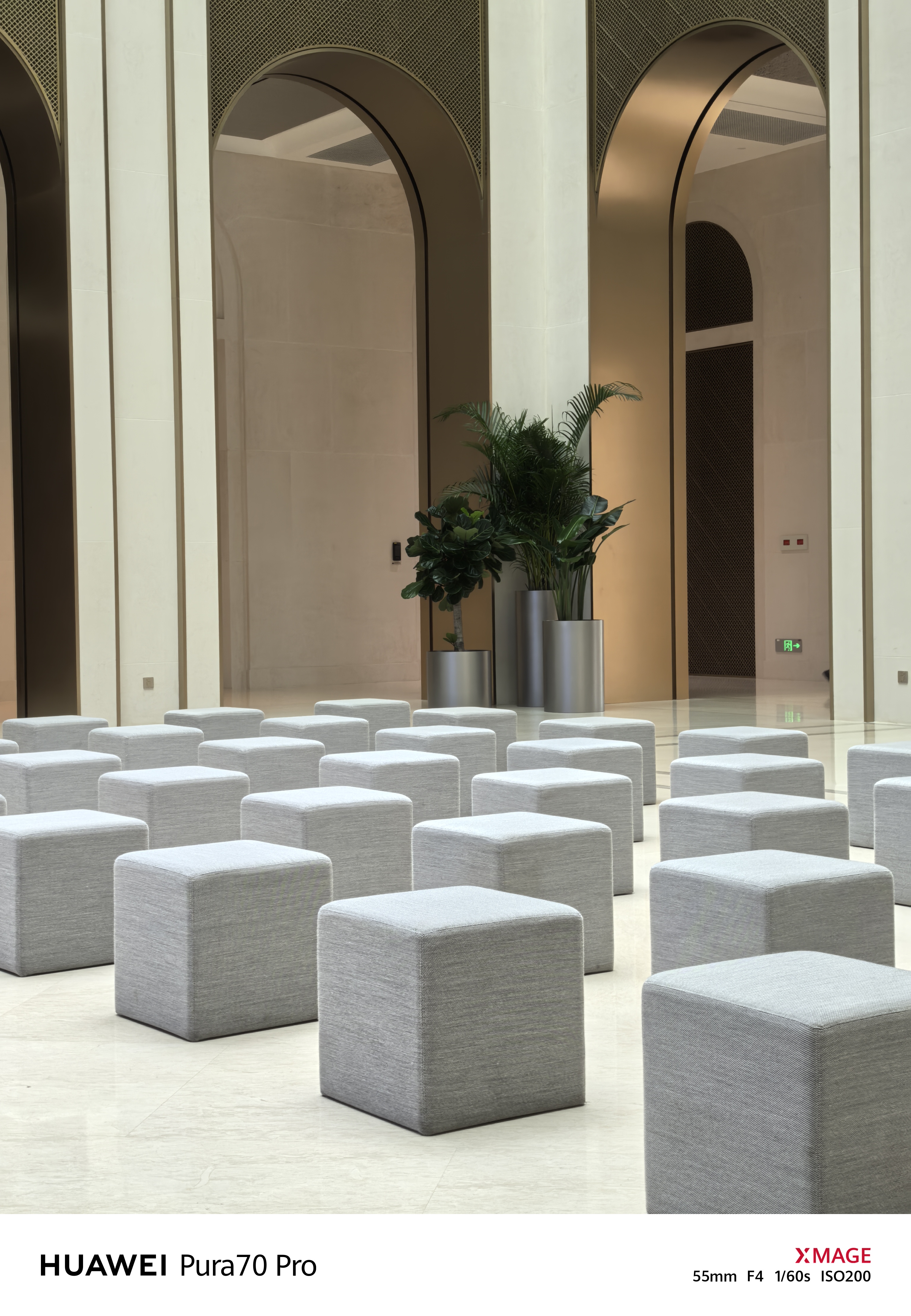
As you’ve probably read from our first impressions, one of the most iconic demonstrations during the entire trip was of a spinning picture disc of a surfer frozen in time by the Pura 70 Pro’s Snapshot mode.
Mixing it up at MixC
While the previous store was impressive, it didn’t show just how popular Huawei was in China. Luckily, our next stop was in the center of a sprawling shopping center called MixC. This location had lots of cafes and shops nearby.
The branch itself features a 24-hour vending machine, a stage for lessons on how to use Huawei’s products, a smart home demonstration, and a third floor for aftermarket solutions (or even just to chill). Take a peep at how many people are in the store to try out Huawei.
Being in the middle of the city, it was also the perfect spot to try out the smartphone’s impressive zooming capabilities. Zooming into the city’s buildings, the camera captured far-away balconies to virtual perfection.
A little bit of nightlife
Speaking of the city, what would a trip be without some local nightlife? Early in the night is filled with commuters going home, night vendors peddling their wares, and lots of motorcycles.
Though the city sleeps earlier than more bustling metropolises, Shenzhen’s late night still makes for some subdued scenes and gentle nightscapes.
Oh, and how about some astrophotography?
Huawei’s campus or a European wonderland?
The next day, we went to Huawei’s massive headquarters in Shenzhen. Now, to call it “massive” is still an understatement. Supported by its own transit system, the campus features multiple “regions” inspired by architecture from different European countries.
Oh, and in case you missed it, yes, it has its own train. Excuse us; it’s time to head to Hogwarts.
There’s a big lake that boats can pass through. And, if you’re lucky enough, you might be able to spot a few black swans swimming around.
Goodbye, China
Unfortunately, all good trips must come to an end. We’re not saying goodbye until we use the Pura 70 Pro up, up in the air, though.
How impressive can a camera get?
A few years ago, I used the Huawei P20 Pro as my daily driver. Since then, I’ve moved on to the Google Pixel 6, a capable shooter in its own right. However, the Pura 70 Pro just made me fall in love with smartphone photography — nay, photography, in general — all over again.
The camera is just a beast in most shooting conditions. Plus, the AI-based enhancement is the cherry on top. Because the enhancements take a second, you can quickly see a before-and-after comparison. Some adjustments are minute, but they’re all substantial enough to make all the difference. Plus, you can barely notice the manipulation.
Okay, granted: it’s not perfect. There are some shots where the AI enhancement is more blatant. It also favors warmer hues in some conditions. But overall, it’s an amazing camera that I’m having a blast experimenting with.

We are fans of what ASUS did with their latest dual screen offering — the ASUS Zenbook DUO 2024. The Zenbook Duo isn’t exactly new. ASUS has been adding extra screens to their laptops whenever they can — but never quite like this.
You see, ASUS managed to put a literal second display but still make it compact enough to fit most bags with provision for 14-inch laptops. As cliché as it sounds, the Zenbook DUO 2024 is an engineering marvel.
However, it’s more than just a gimmick. In our review, we noted how the form factor lent to a slight boost in productivity despite us not maximizing the product just yet. With that, let us share with you our favorite things about the ASUS Zenbook DUO 2024.
A unique mode for every scenario
A built-in, sturdy kick-stand unlocks the many possibilities available to the Zenbook DUO 2024. Some of the modes are: Laptop, Dual Screen, Desktop, and Sharing.
Each one lends itself nicely to different work and media consumption scenarios. Don’t feel like showing off? Keep things discreet and save some battery life with laptop mode.
Need two screens? Switch to either Dual Screen or Desktop mode to take advantage of more screen real estate.
Presenting something to someone across the table? Sharing mode lays the laptop flat allowing for easier viewing.
The ability to morph to different modes depending on your needs is astounding. The best thing is that it is both functional and can serve as an ice breaker.
Oh and we’ll never tire of sharing how the Desktop mode is perfect for watching two K-Pop fancams at the same time.
Screen Xpert for the dual displays
This form factor won’t work without the right software support backing it. To that end, ASUS made Screen Xpert. What it does is essentially let you adjust the layout of the apps according to your needs.
You can have up to four (4) apps live viewed at the same time. For our part, we usually only divided the screen to two, using one to reference a review guide or press release while writing news articles and/or reviews.
But if you’re monitoring certain things, this will be pretty helpful having multiple windows laid out right away to get a quick overview of things is a godsend.
The best thing is that a lot of these functions work intuitively. There’s a single button you can press to easily switch what’s displayed on the two screens.
If you want more granular control, you can have the Screen Xpert floating bar ready at your disposal. Here you can control the brightness level of each screen individually. You also have the ability to change the orientation of each screen to your liking.
There are also App Switcher and App Navigator functions to give you a better, more seamless way to layout the apps you use so that it’s most efficient for your needs.
AI, Copilot, and more
Something we didn’t mention much in the review is how the laptop is built with the AI age in mind. Powered by Intel Core Ultra 7 155-H, this thing is equipped with an NPU chip to aid in on-device AI tasks.
There’s stuff that happens in the background like making sure the AI-related tasks are processed with the NPU while the main CPU handles the rest. In the simplest terms, the Intel Core Ultra 7 is smart enough to delegate a task to the chip that will best execute it. That results in a more optimized overall performance.
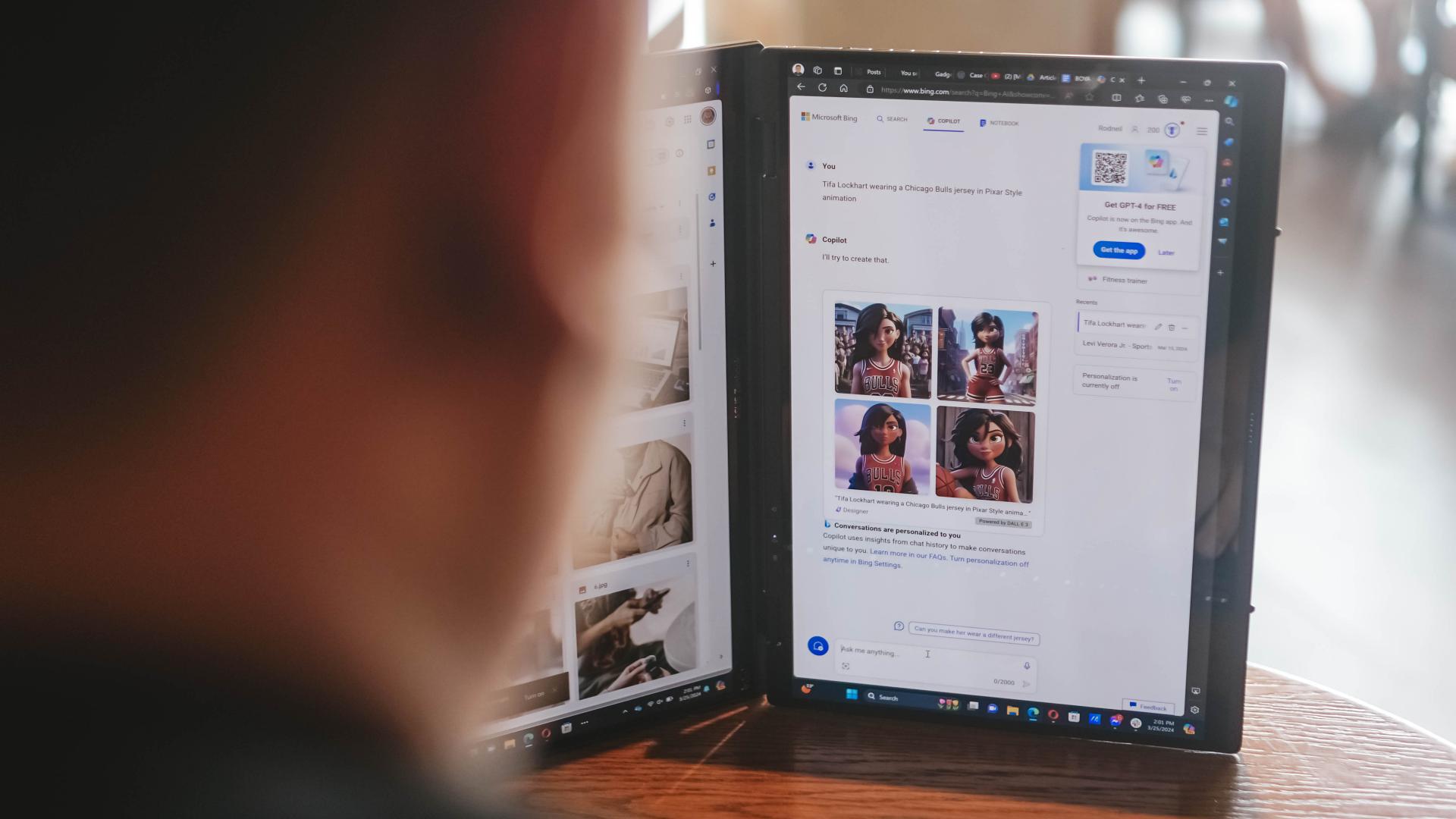
Copilot is one of the biggest AI additions to any Windows machine. The possibilities are close to limitless. For our part, we’ve only really played around with Copilot Designer. But there’s so much more that you can do with it. Just remember to always check the results. Every AI output still needs a human touch.
AI is also present in other functions like noise cancellation and the camera. AI Noise Cancellation makes sure you can hear and be heard no matter what scenario you’re in. It’s perfect for remote workers who do not exactly have control over their immediate surroundings.
Meanwhile, AiSense Camera works not only as a Full HD IR camera. It also automatically detects the lighting levels in your environment and adjusts brightness levels accordingly. You also get functions like auto-framing and background blur. Lastly, there’s the slightly creepy Eye Contact feature that locks your gaze to the camera. It can be a bit disorienting so maybe pick the occasions when you’ll use it.
GlideX
Working beyond this dual screen laptop? ASUS also made sure to equip the Zenbook DUO 2024 with software that makes adding even more screens a no-sweat task.
With GlideX you can easily connect your Zenbook DUO 2024 with smartphones, tablets, or even another PC. Even better, it’ll give you the option to control everything from a single device.
DUO more
For a first-of-its-kind device, the ASUS Zenbook DUO 2024 is pretty darn polished. That’s thanks largely to the company experimenting with dual screens long before releasing this dual screen machine.
The Zenbook DUO 2024 literally lets you do more, providing options for flexibility that will help you optimize your workflow so you can finish your tasks more efficiently. This is more than just a gimmick device, it’s actually helpful and that’s because ASUS took the time to fit it with the proper software support.
More on the ASUS Zenbook DUO 2024 here.
This feature is a collaboration between GadgetMatch and ASUS Philippines.
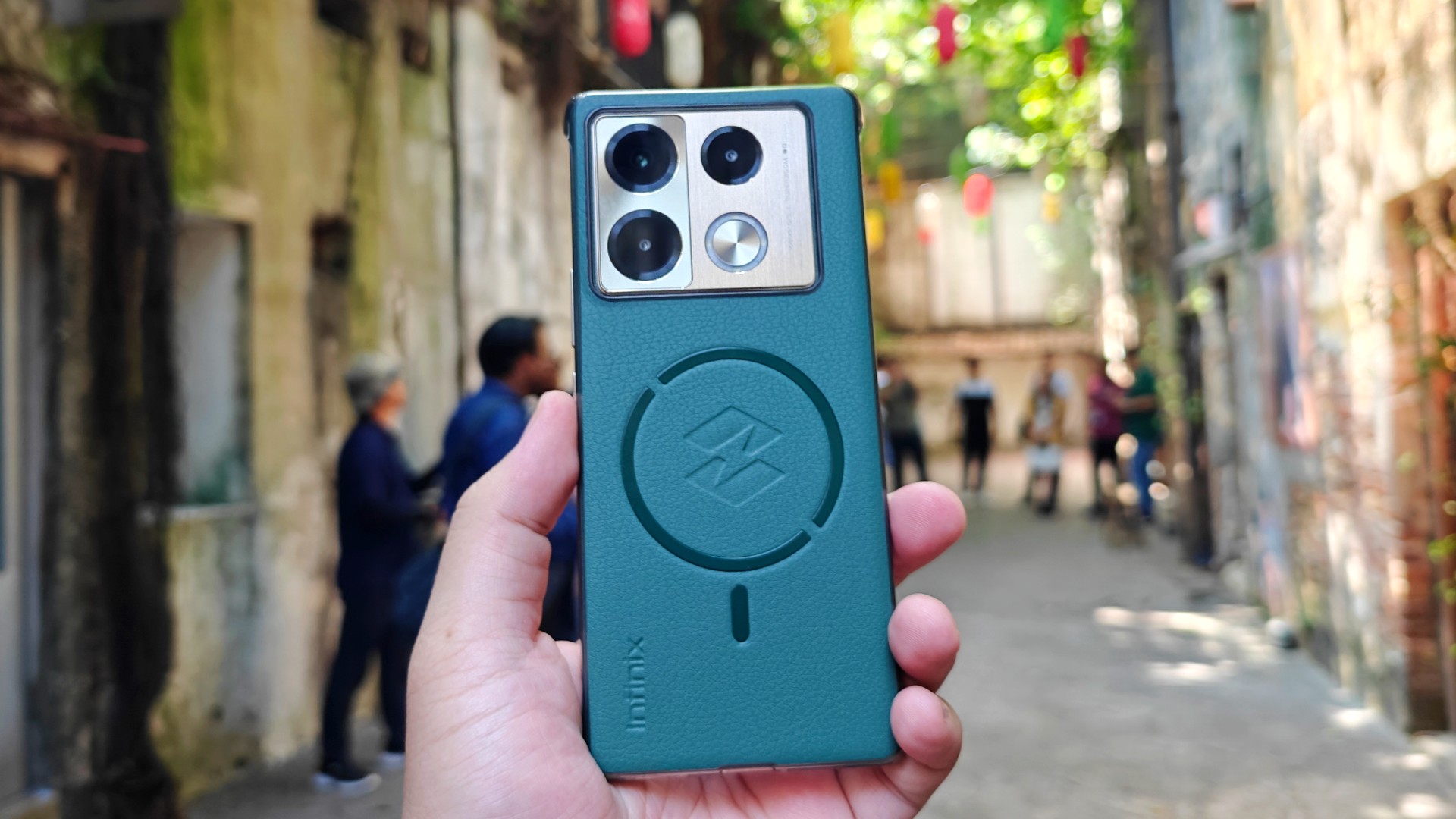
The Infinix Note 40 Pro+ 5G prides itself in its charging technologies. But what about its camera capabilities? Well, here’s a quick round-up of the many photos we took around the time the Note 40 series was launched in Kuala Lumpur Malaysia.
The NOTE 40 Series features a 108MP main shooter with 3x Lossless Superzoom. It also has OIS for steadier shots when taking videos.
The edits applied to the photos here only some resizing and cropping to make the page easier to load. Take a look at all these sample shots
Infinix Note 40 Pro series launch day
Kwai Chai Hong/ ‘Little Ghost Lane’
Petaling Street (Chinatown)
In and around Central Market
Bank Negara Malaysia Museum and Art Gallery
Istana Negara entrance
Merdeka Square
Malaysian Bak Kut Teh and more
Petronas Twin Towers at night
Steady shooter
The Infinix Note 40 Pro+ 5G isn’t a stellar shooter. But at its price point, it’s pretty darn decent for capturing different scenarios. Take these photos into some editing software and you can certainly elevate their look.
The NOTE 40 Pro+ 5G is priced at PhP 13,999. It may be purchased through Infinix’s Lazada, Shopee, and TikTok Shop platforms, where customers can get up to PhP 2,000 off. Additionally, the first 100 buyers can get an S1 smartwatch or XE23 earphones. Alternatively, customers may opt for the Shopee-exclusive NOTE 40 Pro (4G variant) for PhP 10,999.
-

 Reviews7 days ago
Reviews7 days agorealme 12 5G review: It was enchanting to meet you
-

 Buyer's Guide2 weeks ago
Buyer's Guide2 weeks ago2024 Samsung TV: Buyer’s Guide
-

 Reviews2 weeks ago
Reviews2 weeks agoJBL Soundgear Sense review: Make every run magical
-

 Reviews3 days ago
Reviews3 days agoOnePlus 12R review: Making sense of OnePlus’ latest flagship
-
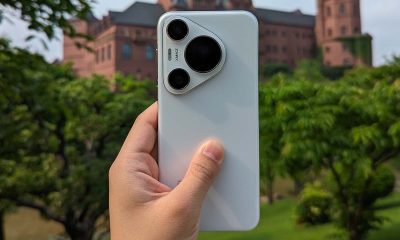
 Smartphones2 days ago
Smartphones2 days agoHuawei Pura 70 Pro Unboxing and First Impressions
-

 Reviews2 weeks ago
Reviews2 weeks agoChallengers review: A thrilling drama wrapped as a tennis anime
-
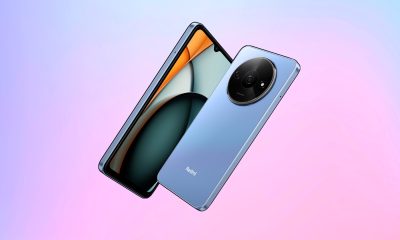
 News1 week ago
News1 week agoXiaomi Redmi A3 Philippine pricing, availability
-
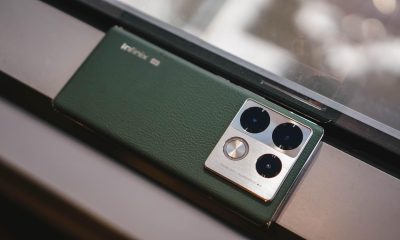
 Smartphones1 week ago
Smartphones1 week agoInfinix NOTE 40 Pro+ 5G: Philippine pricing, availability




